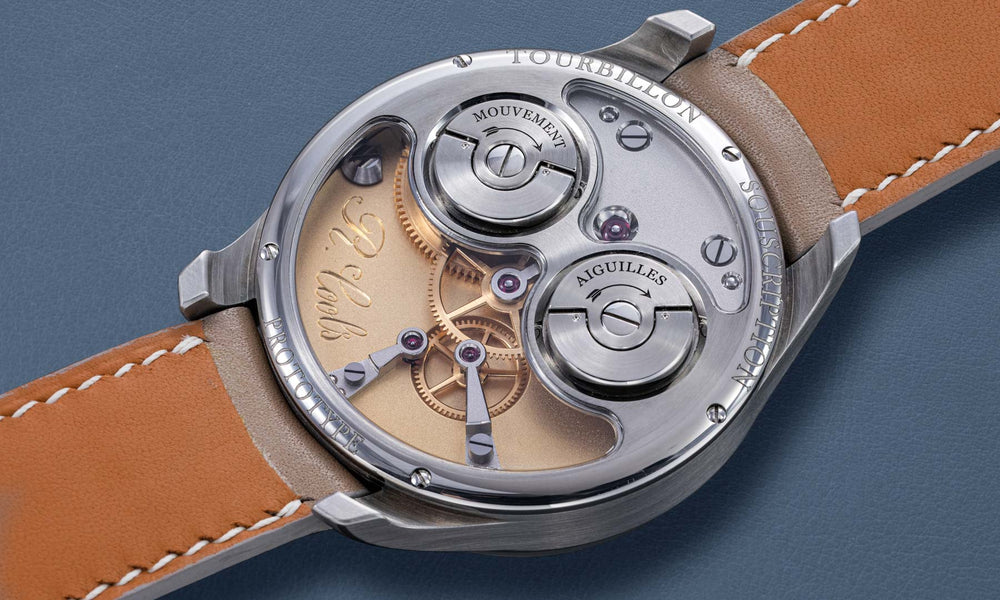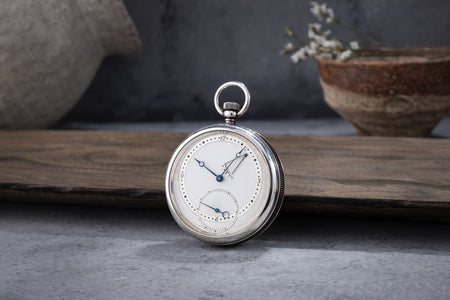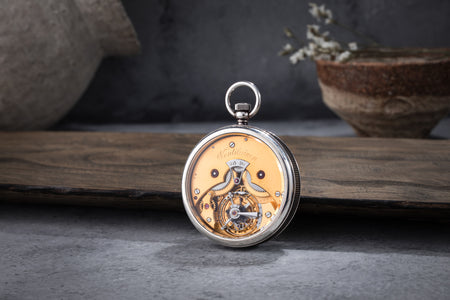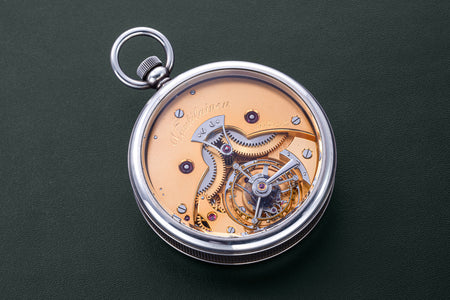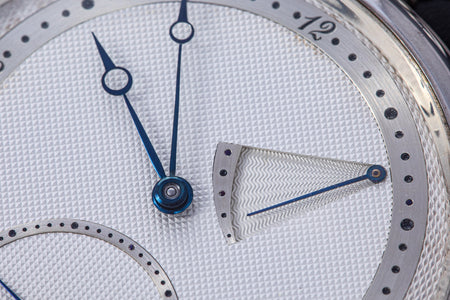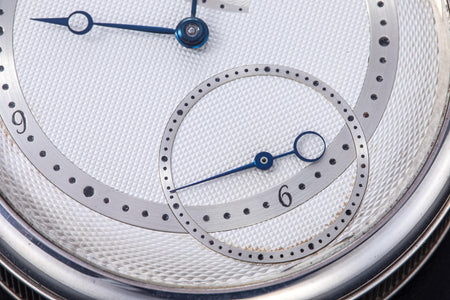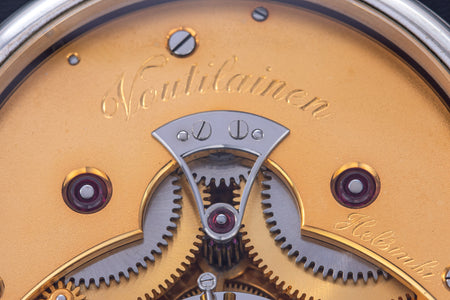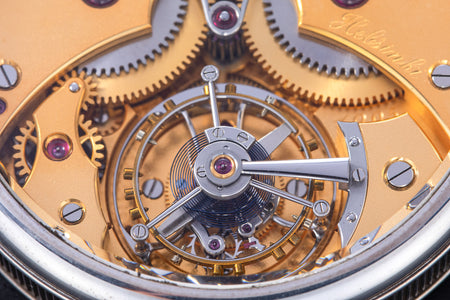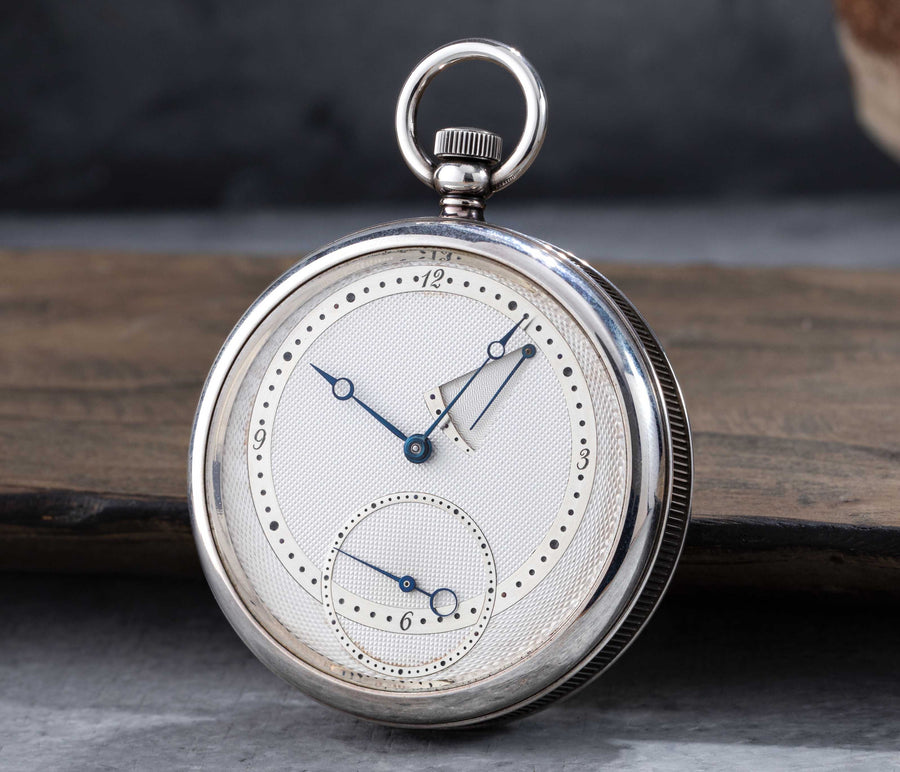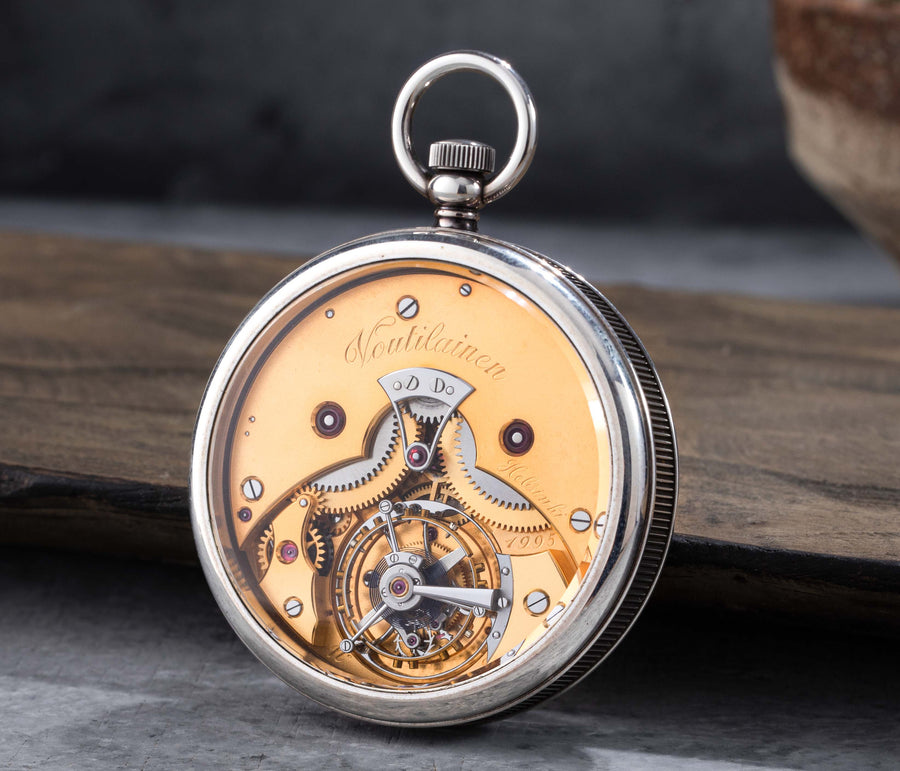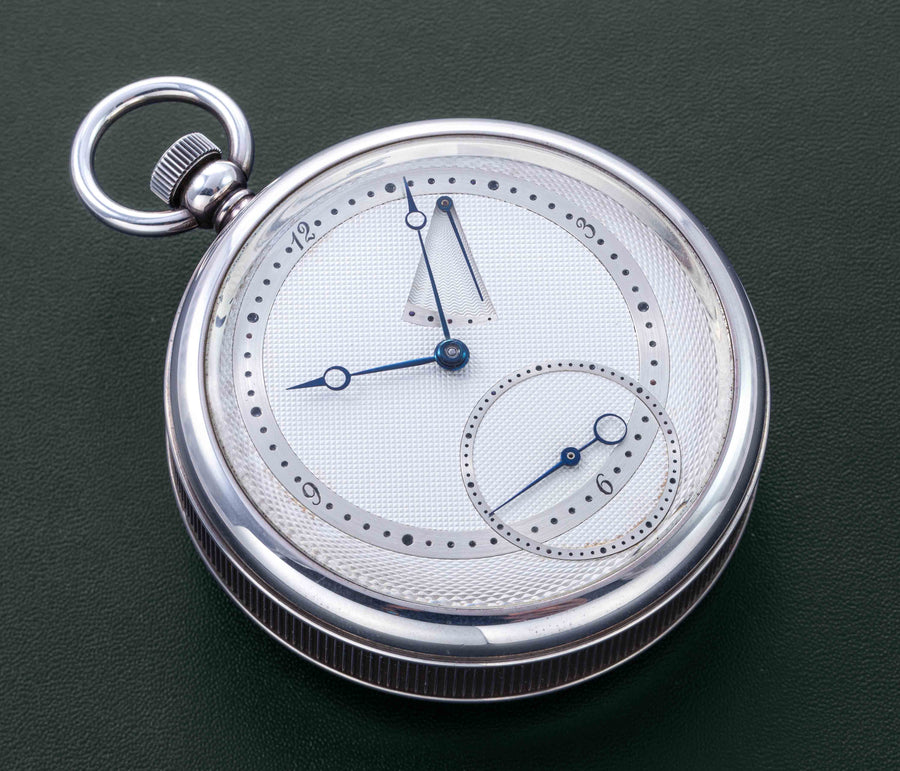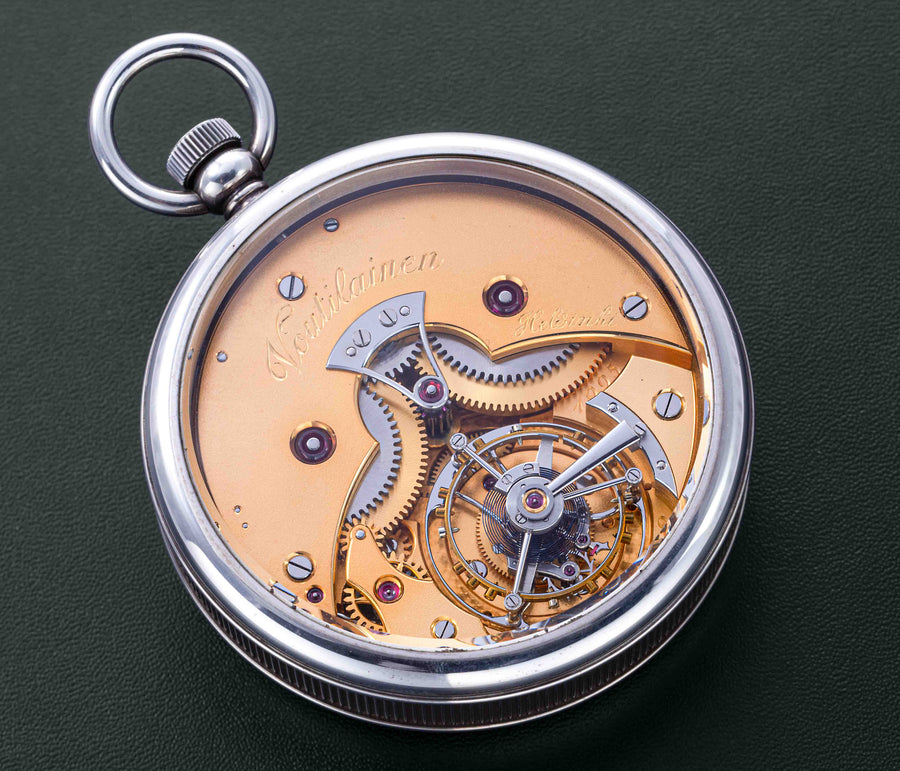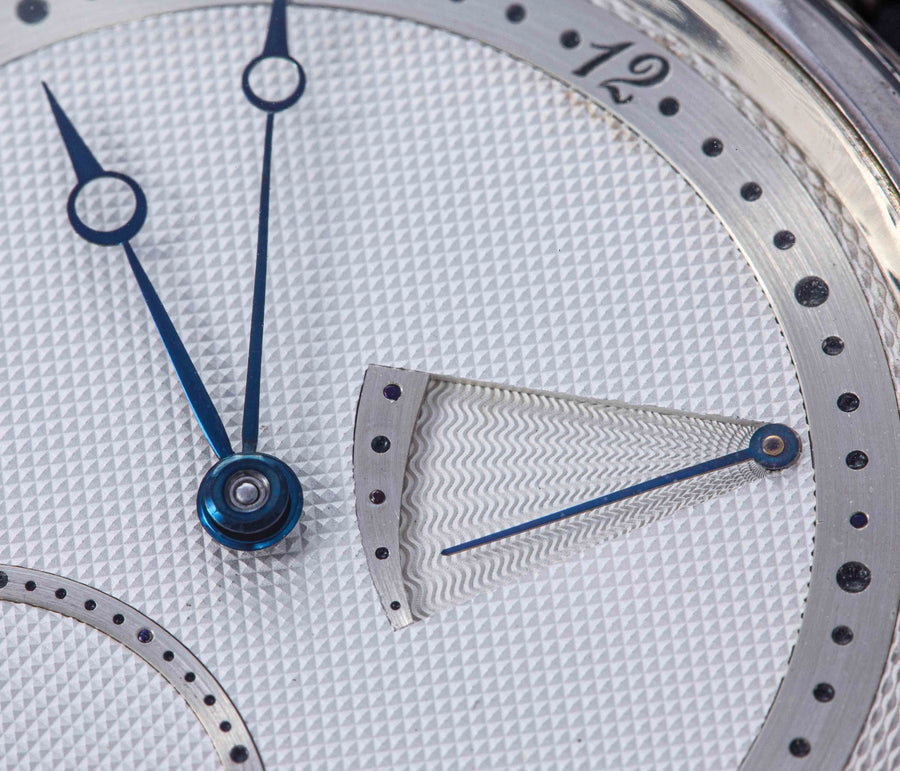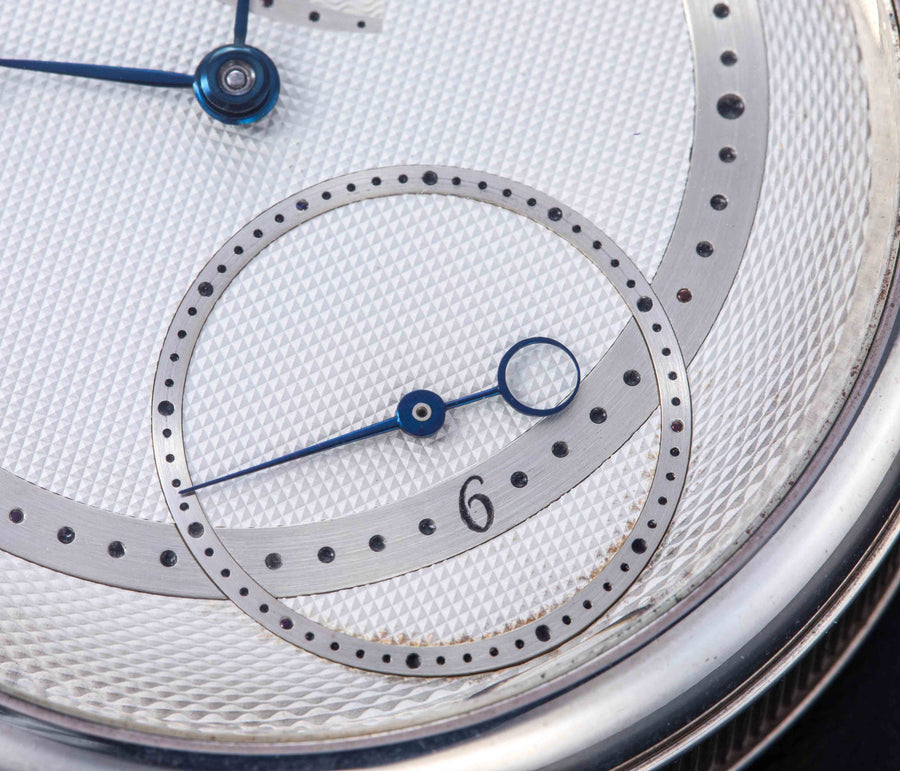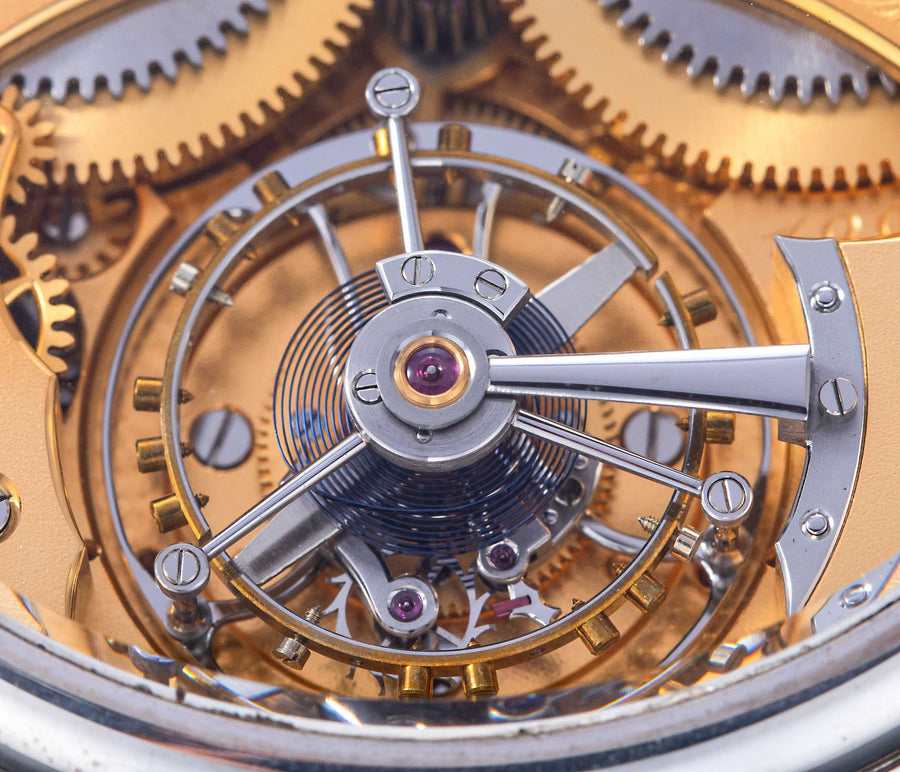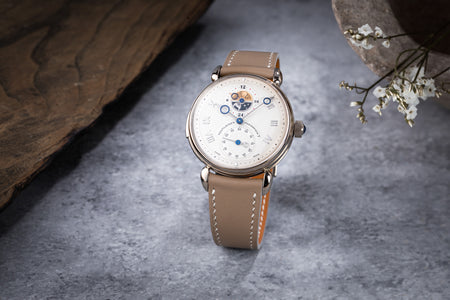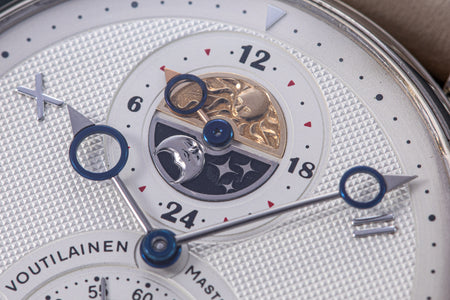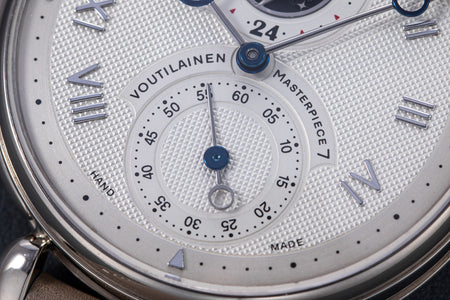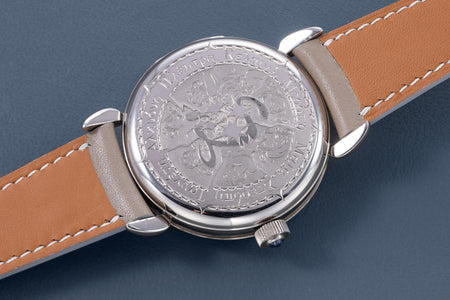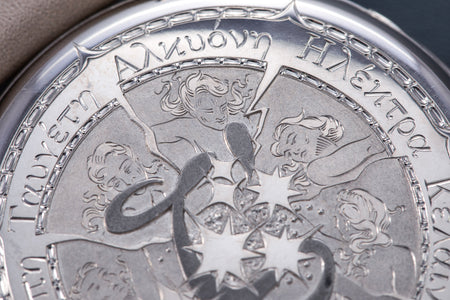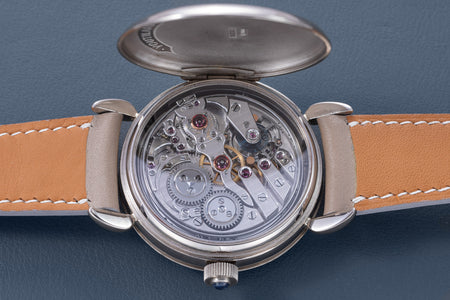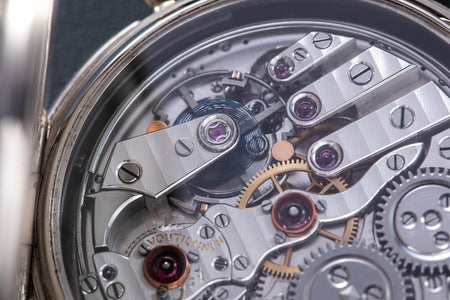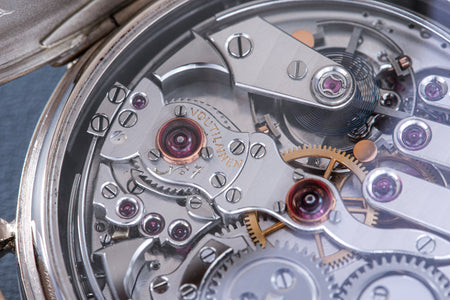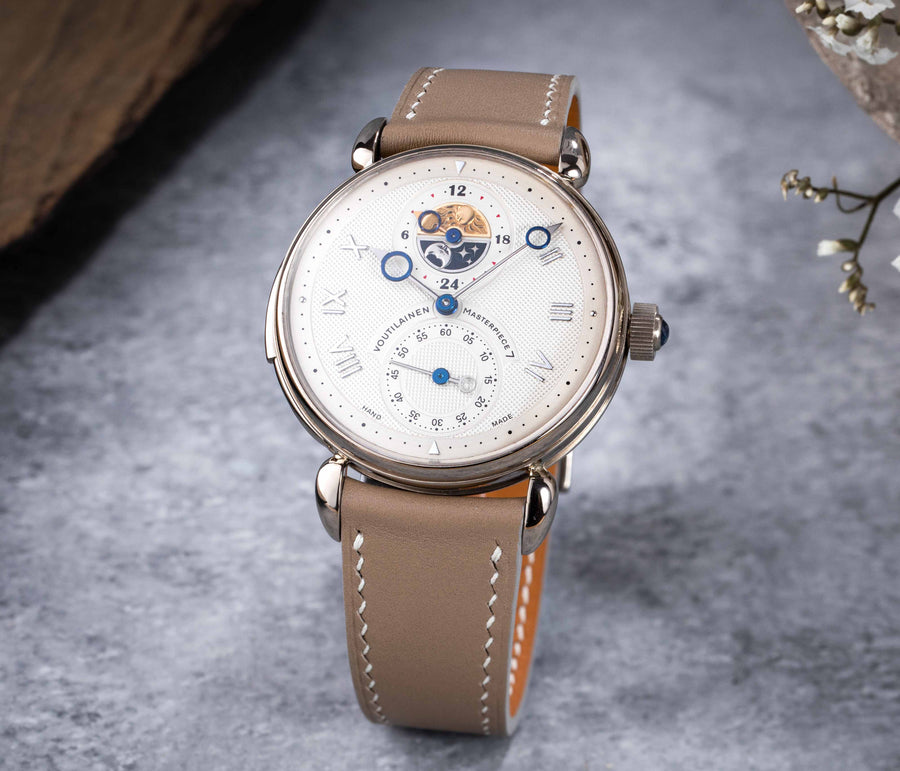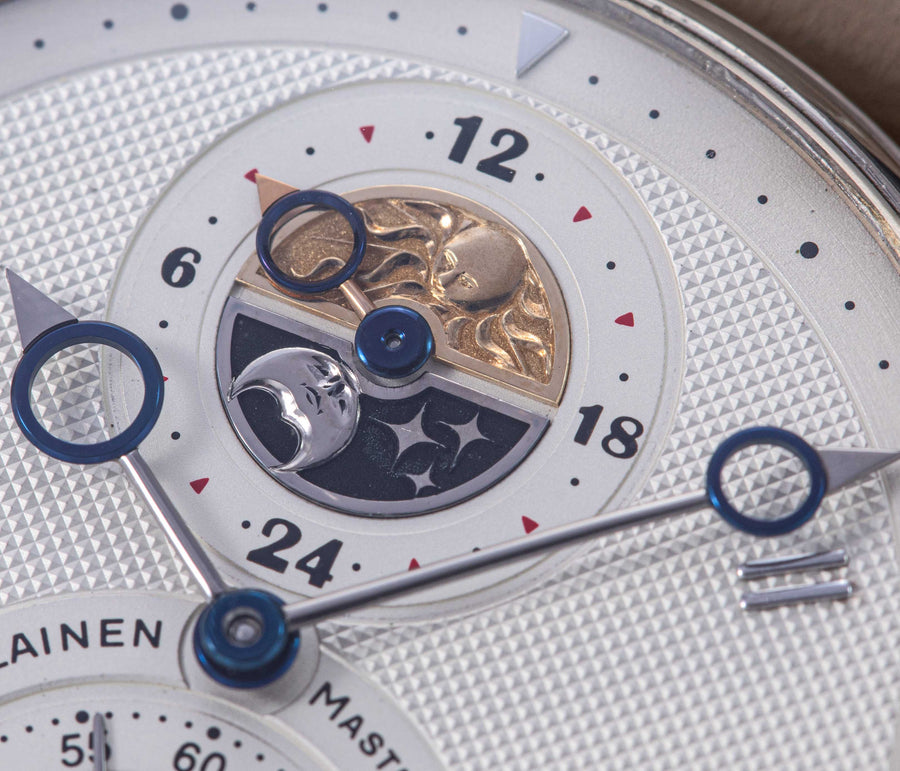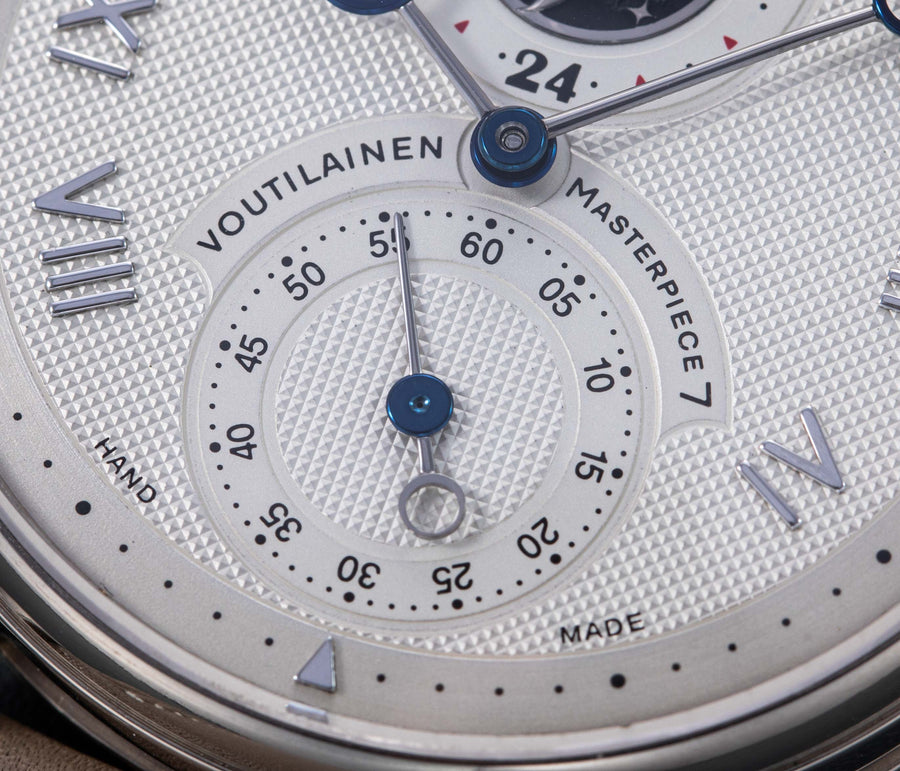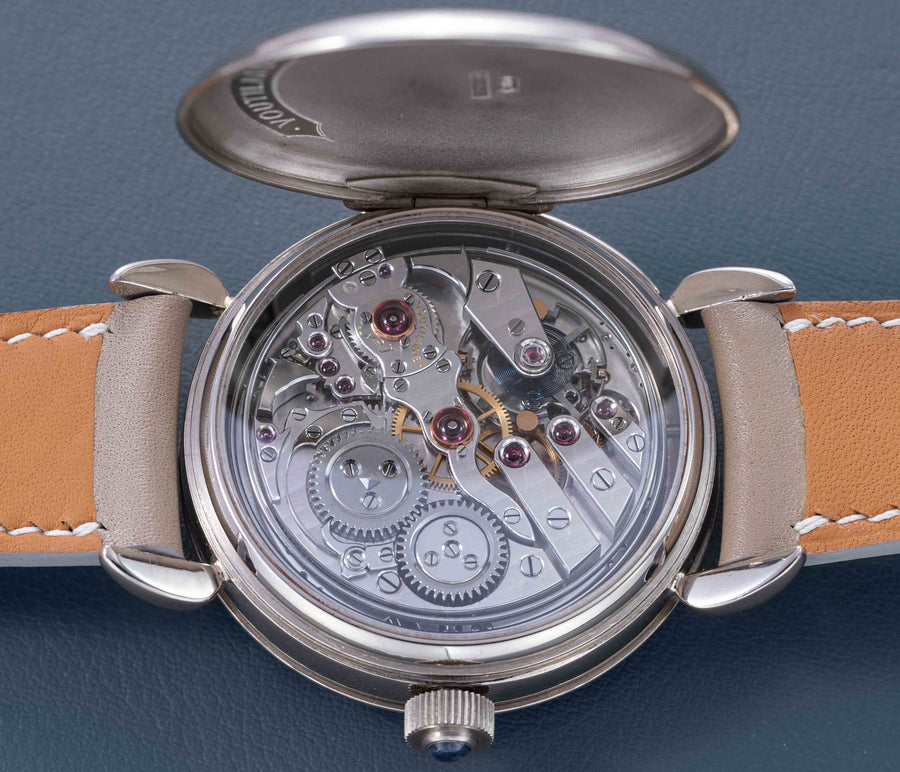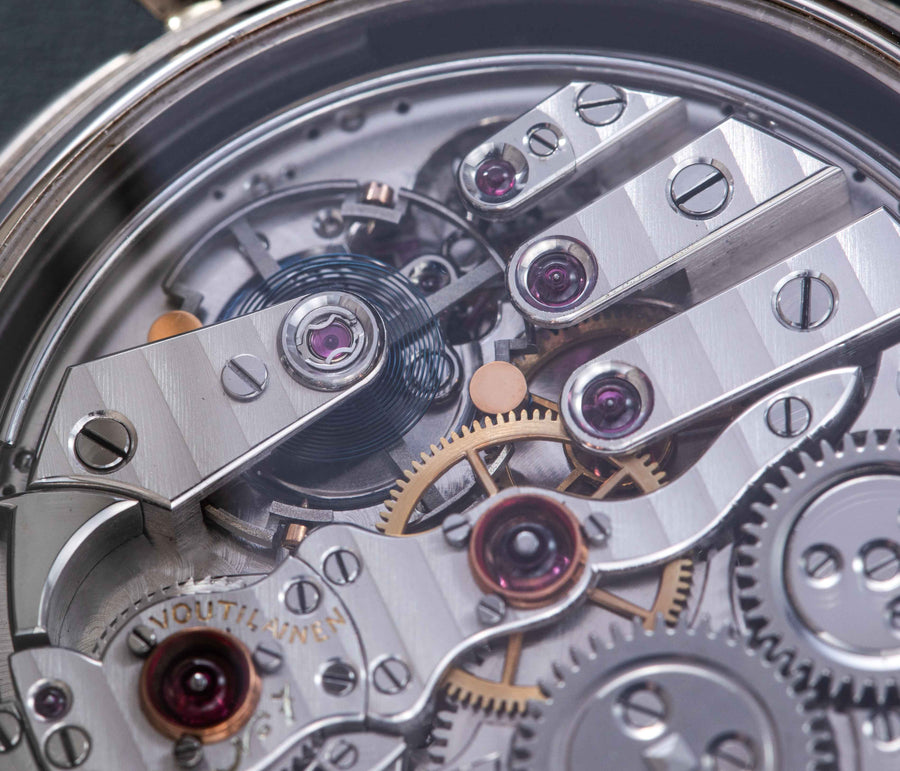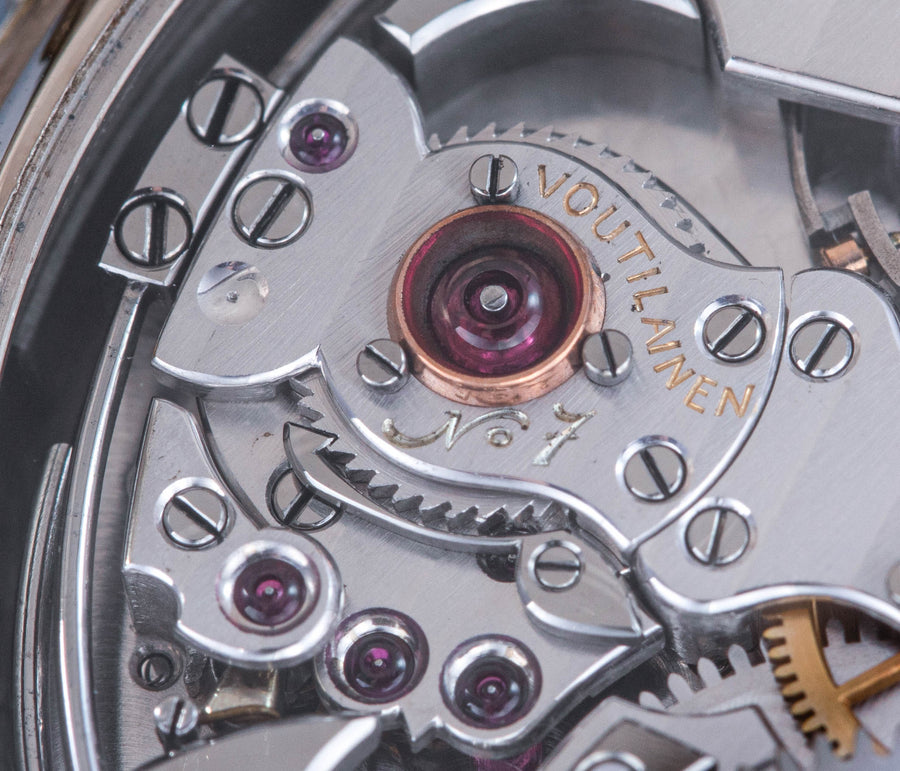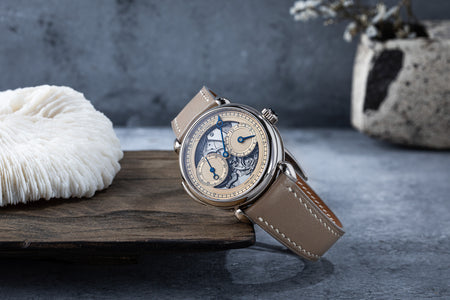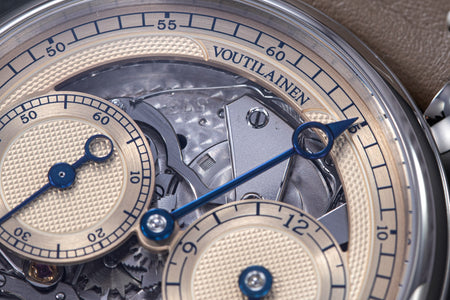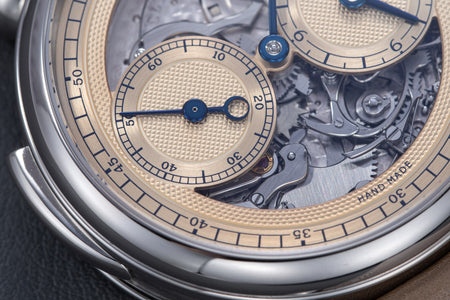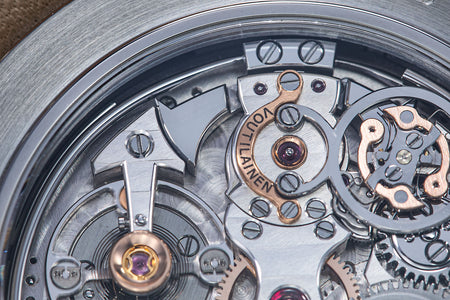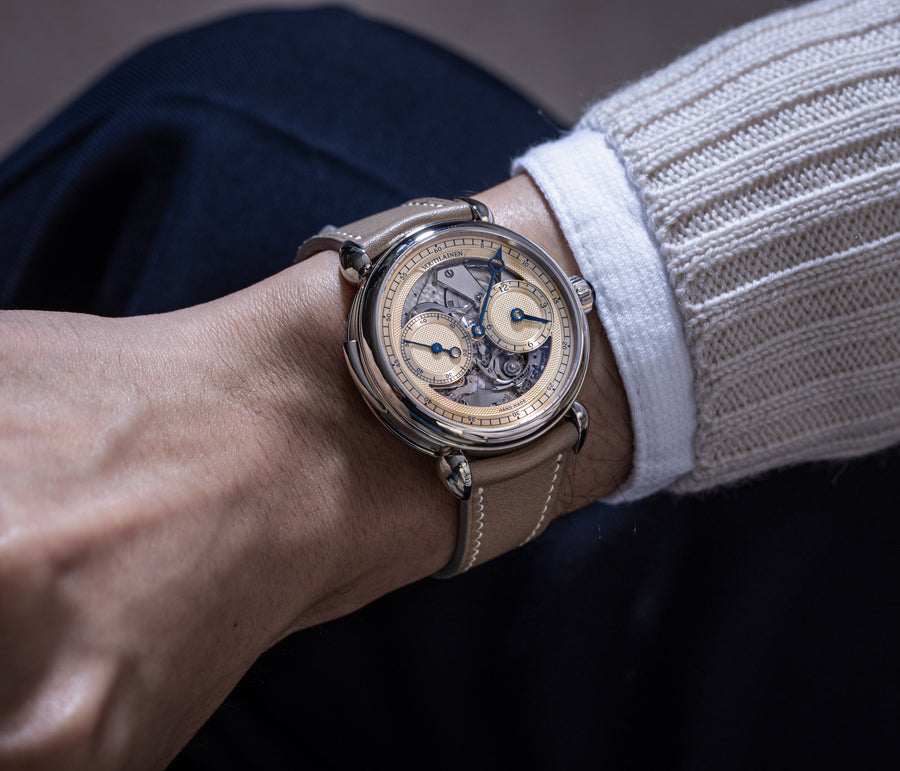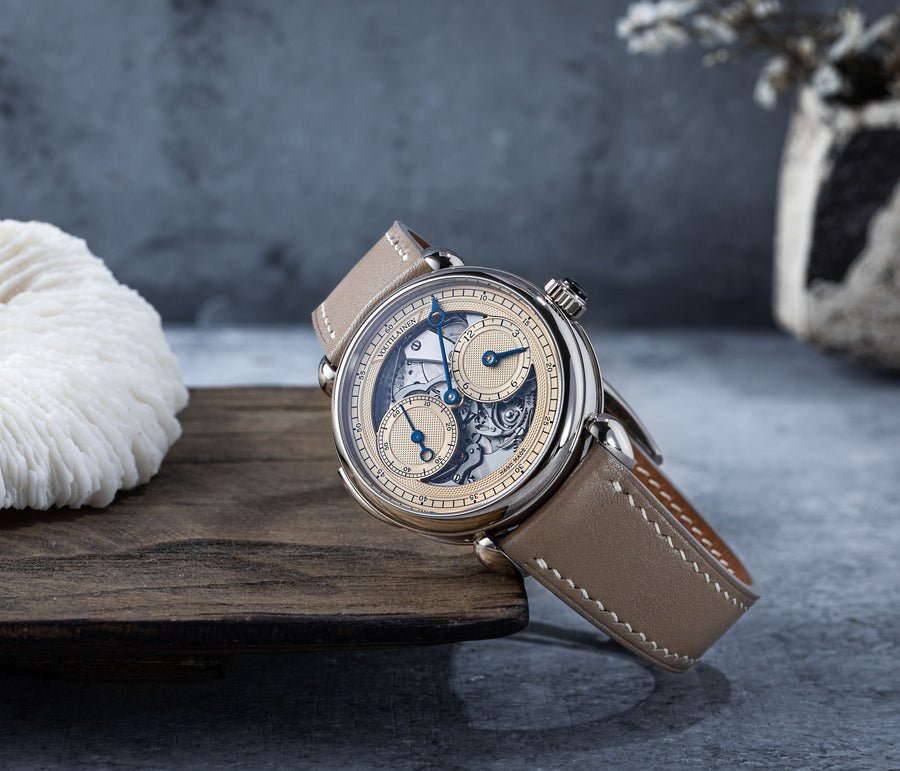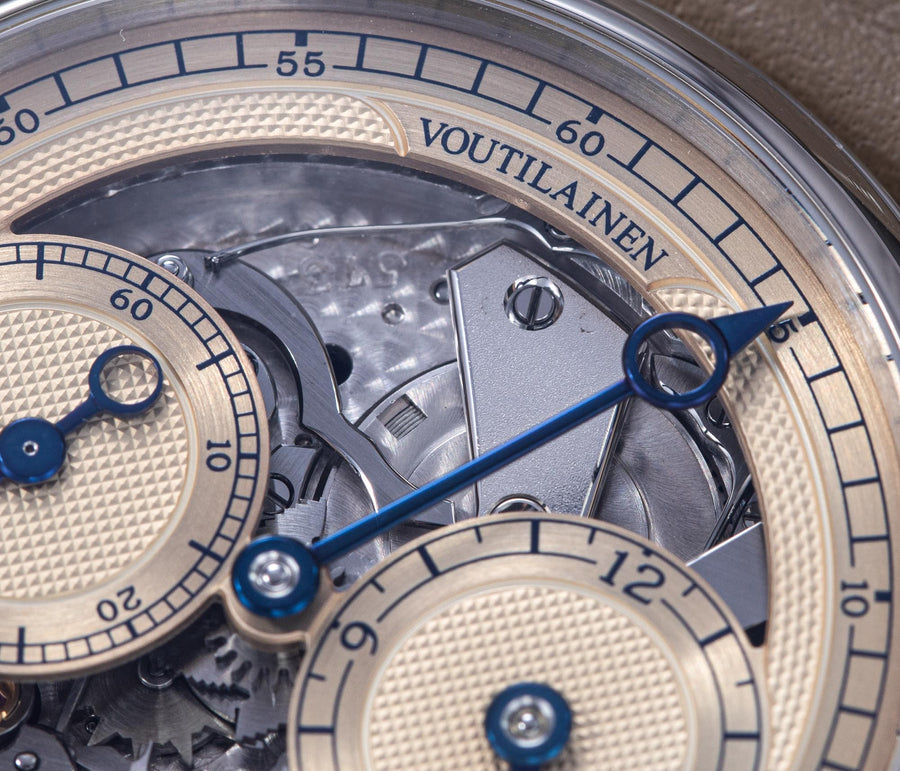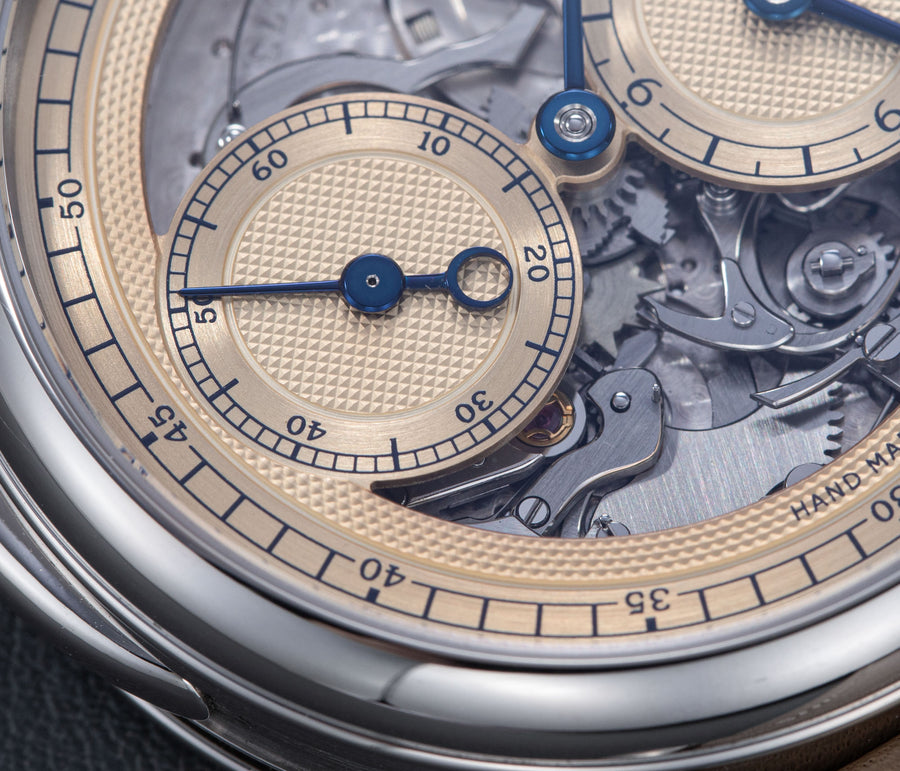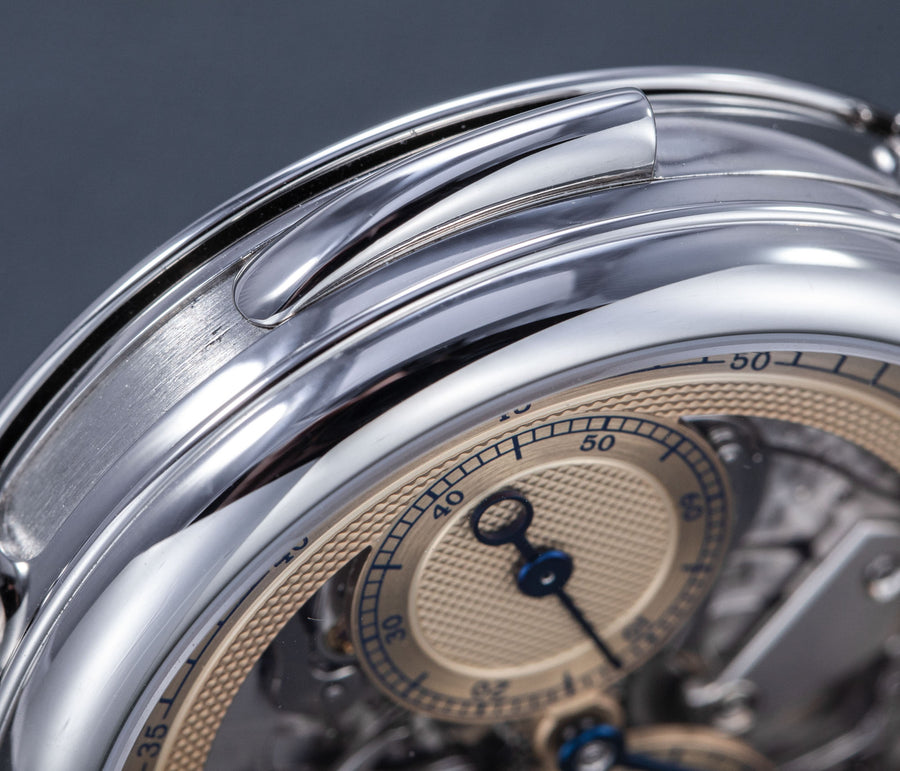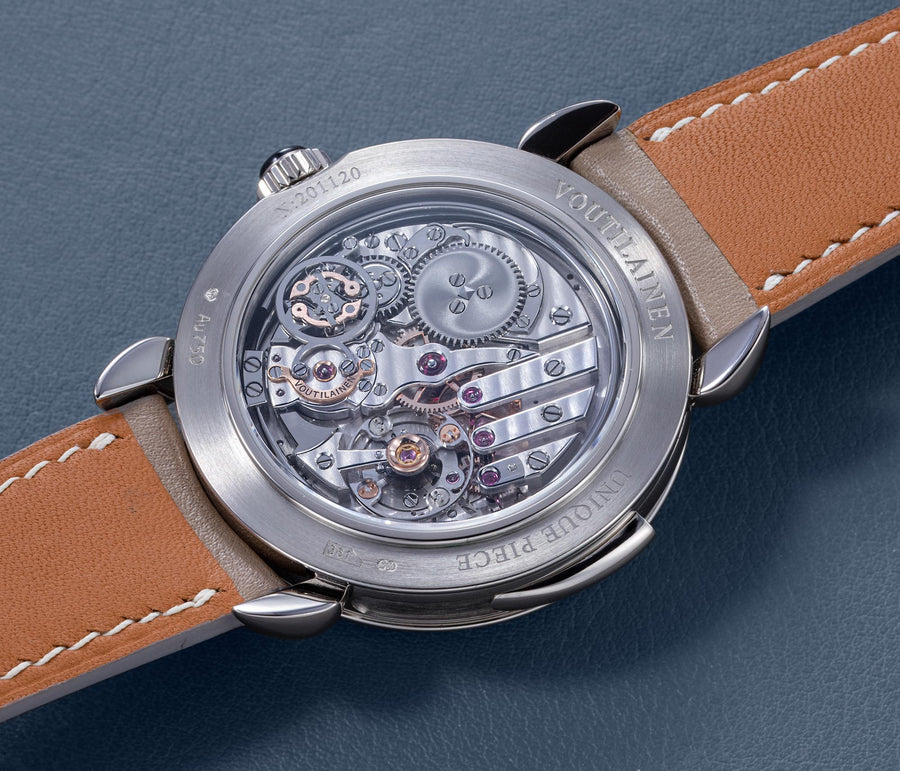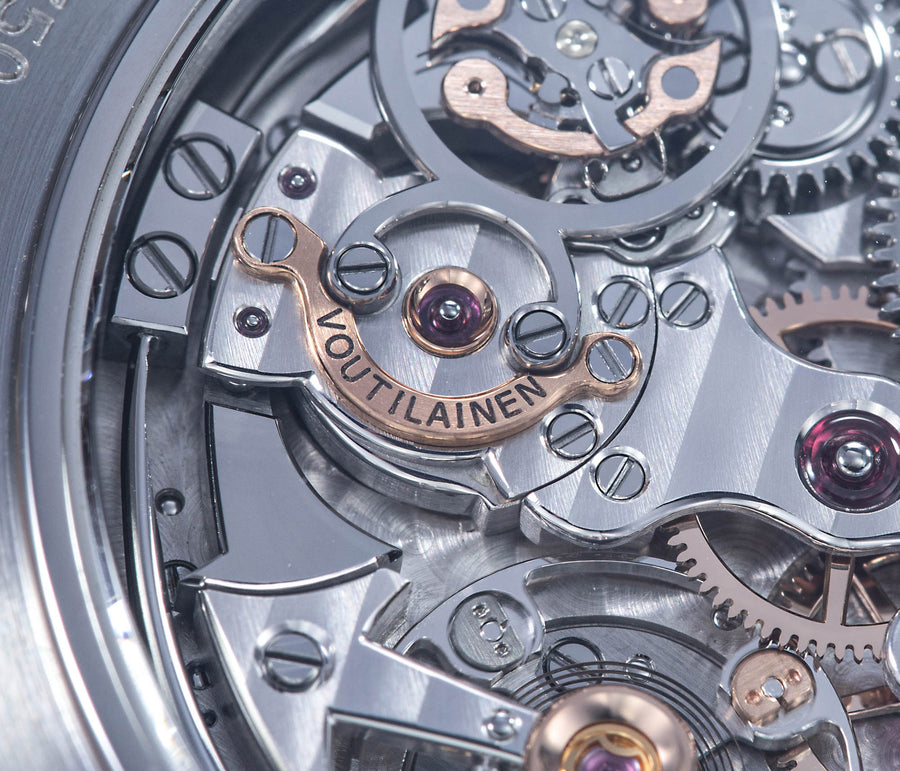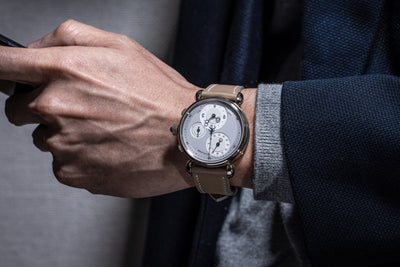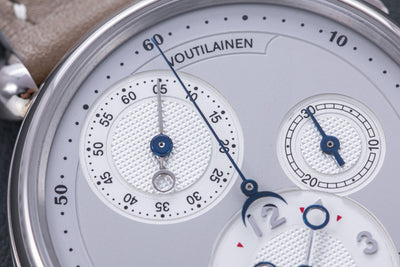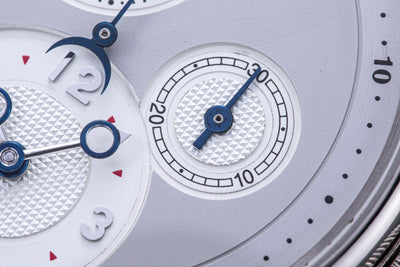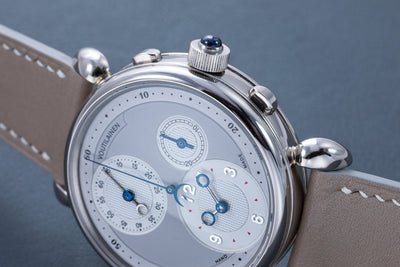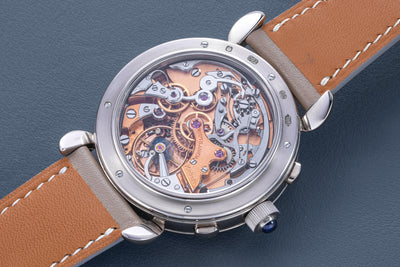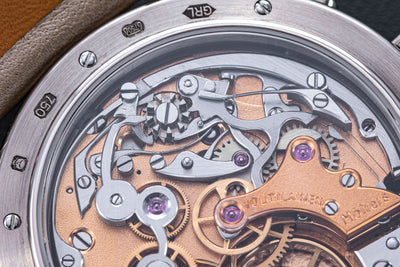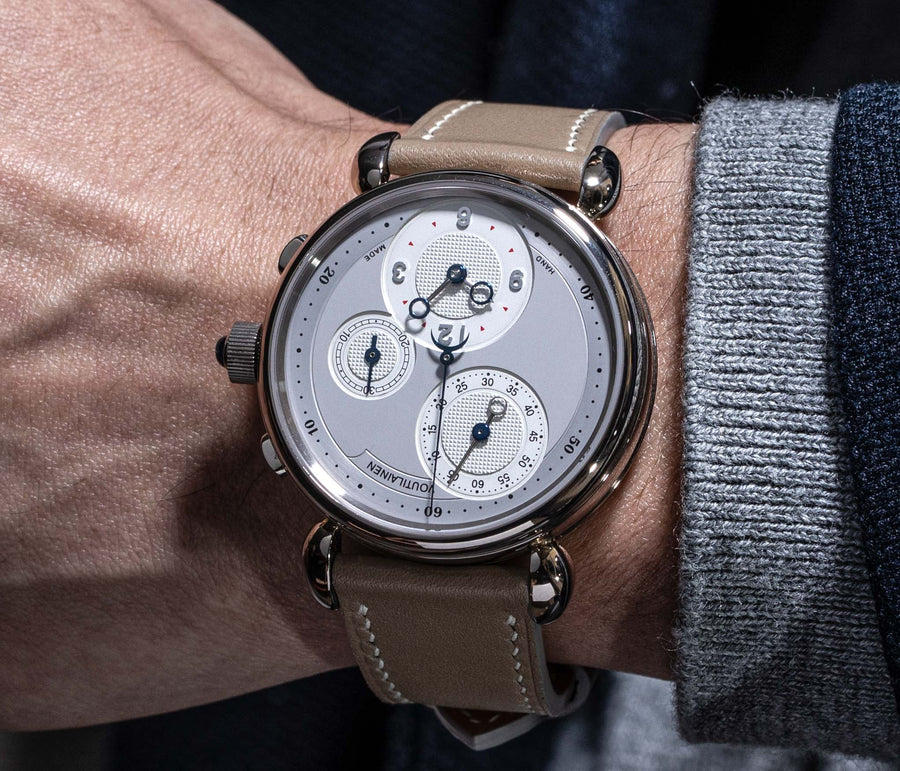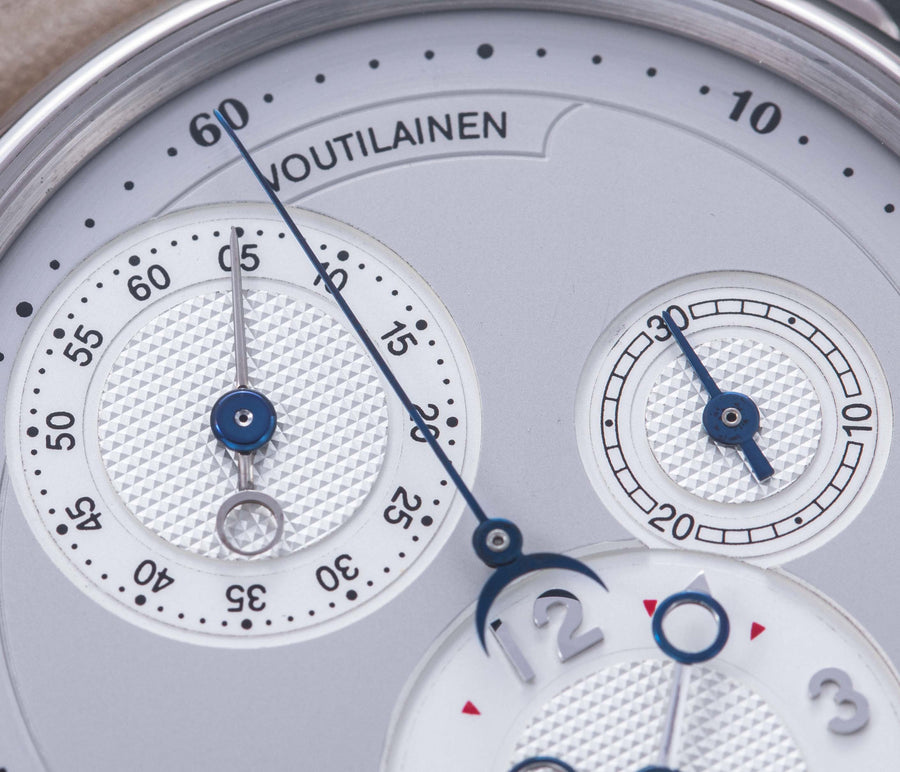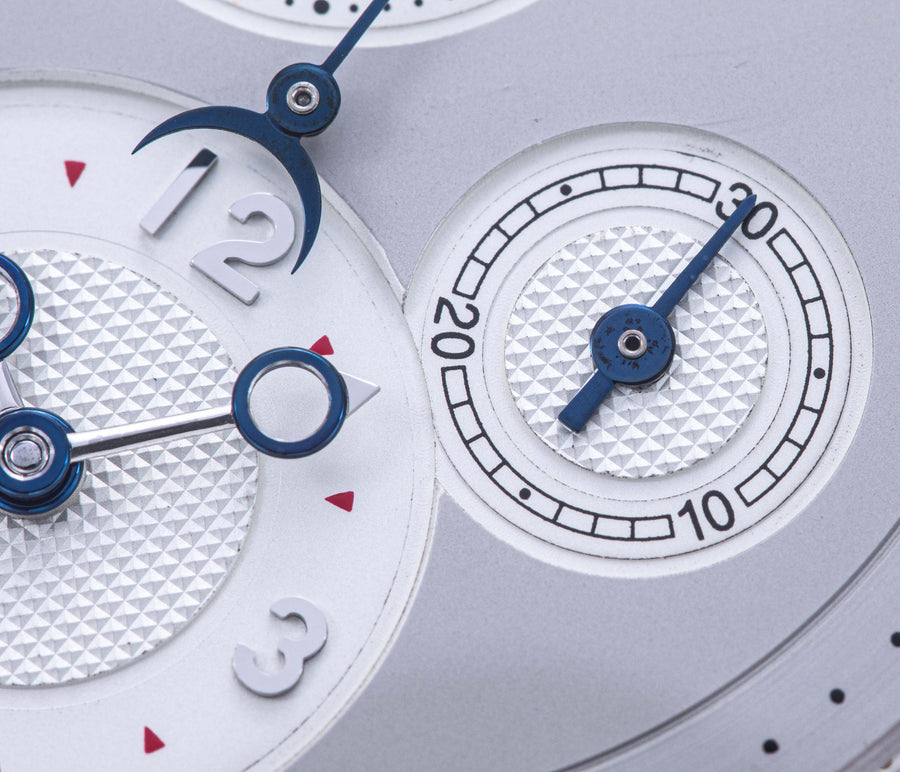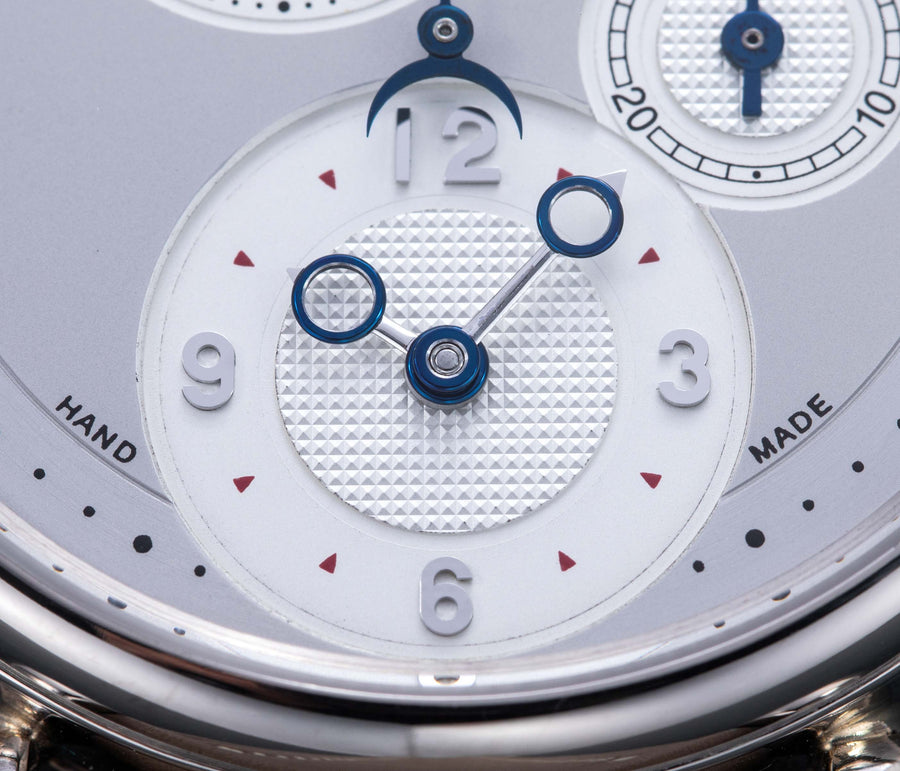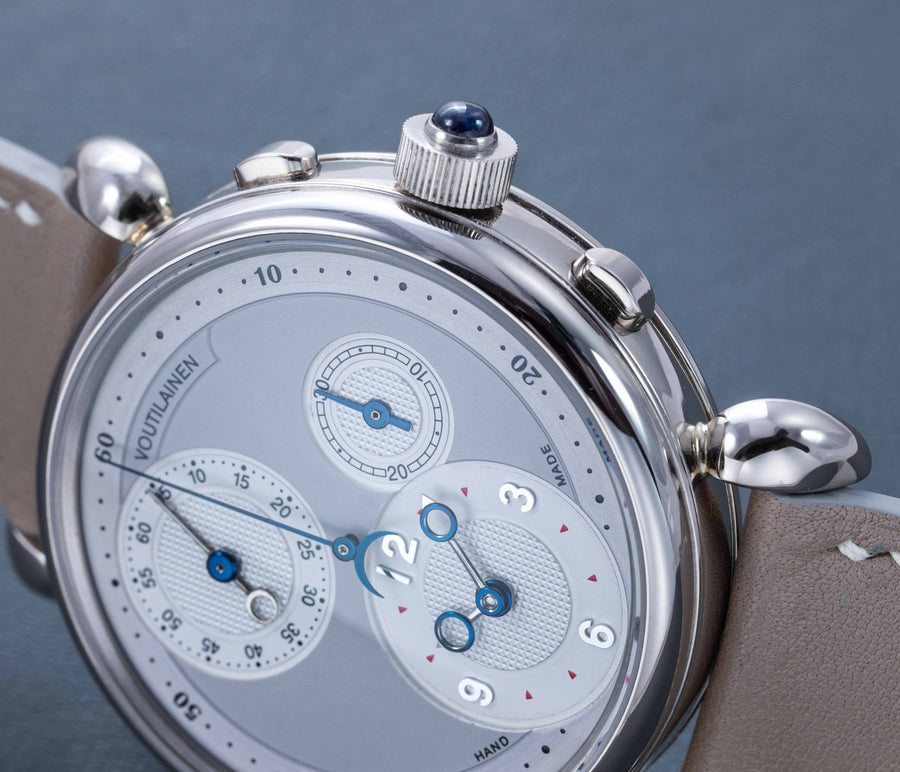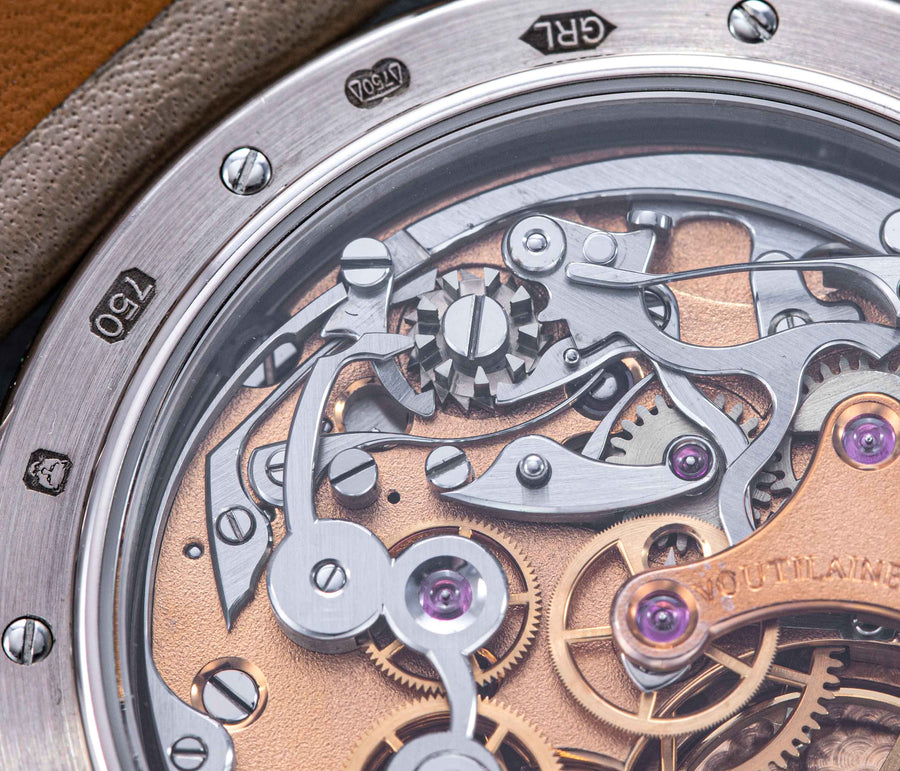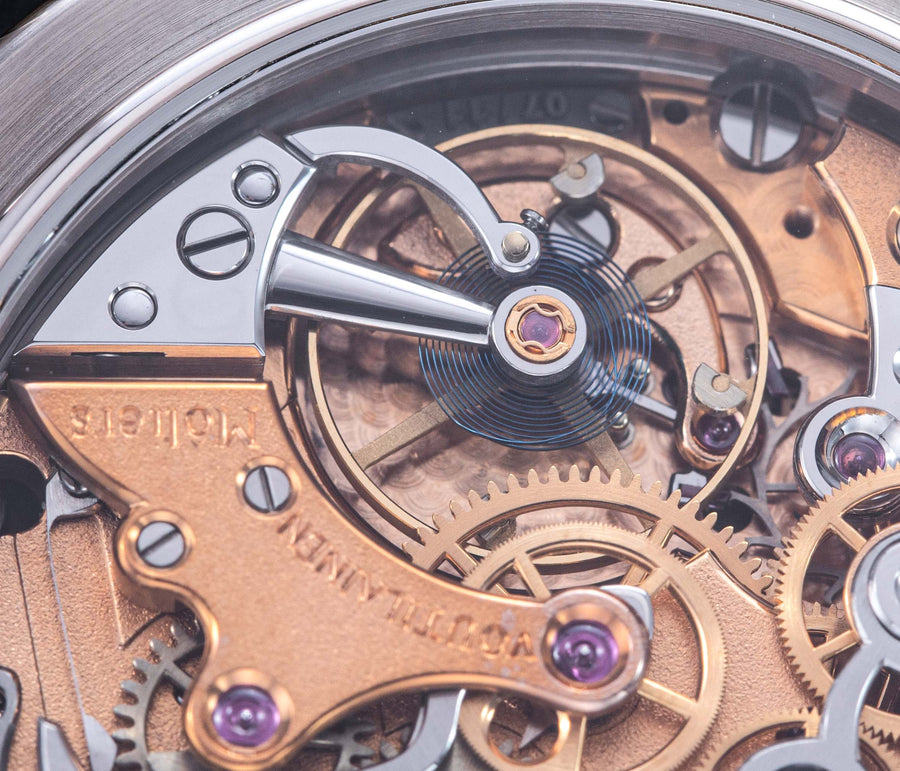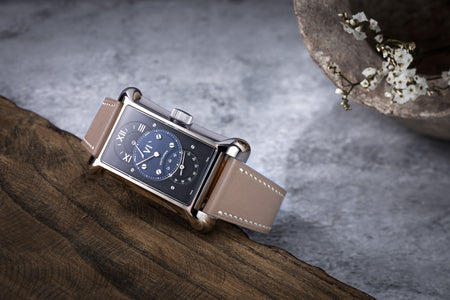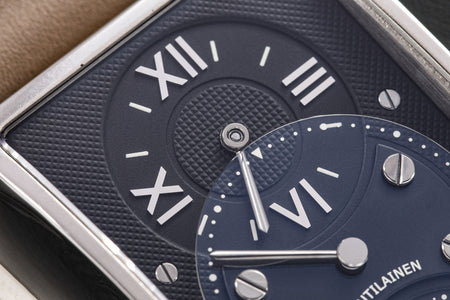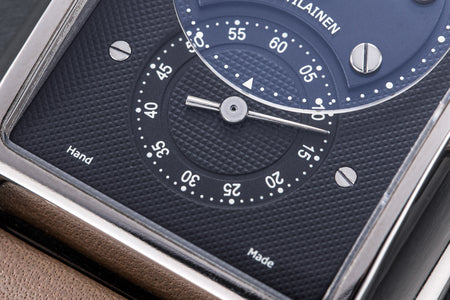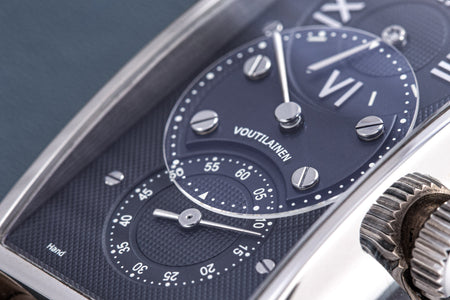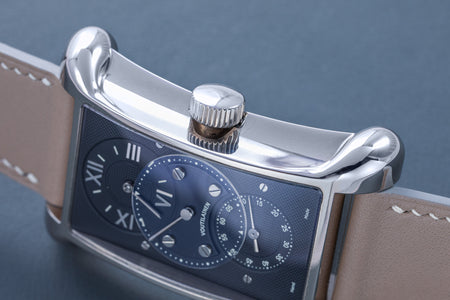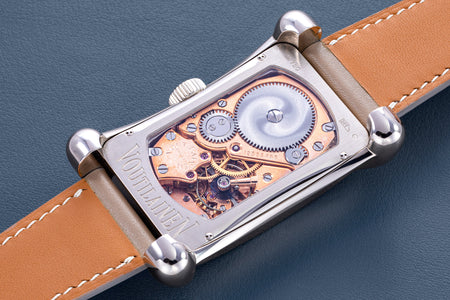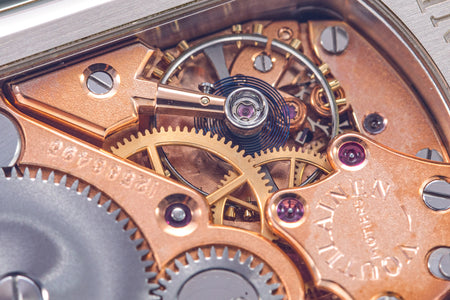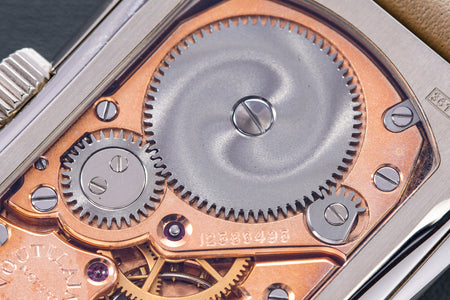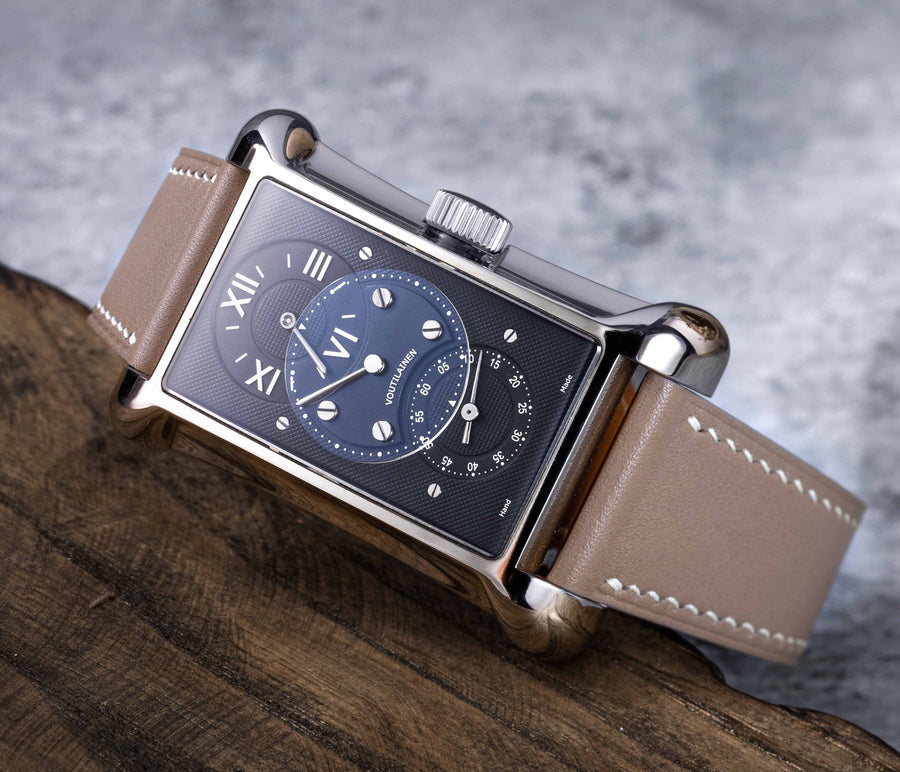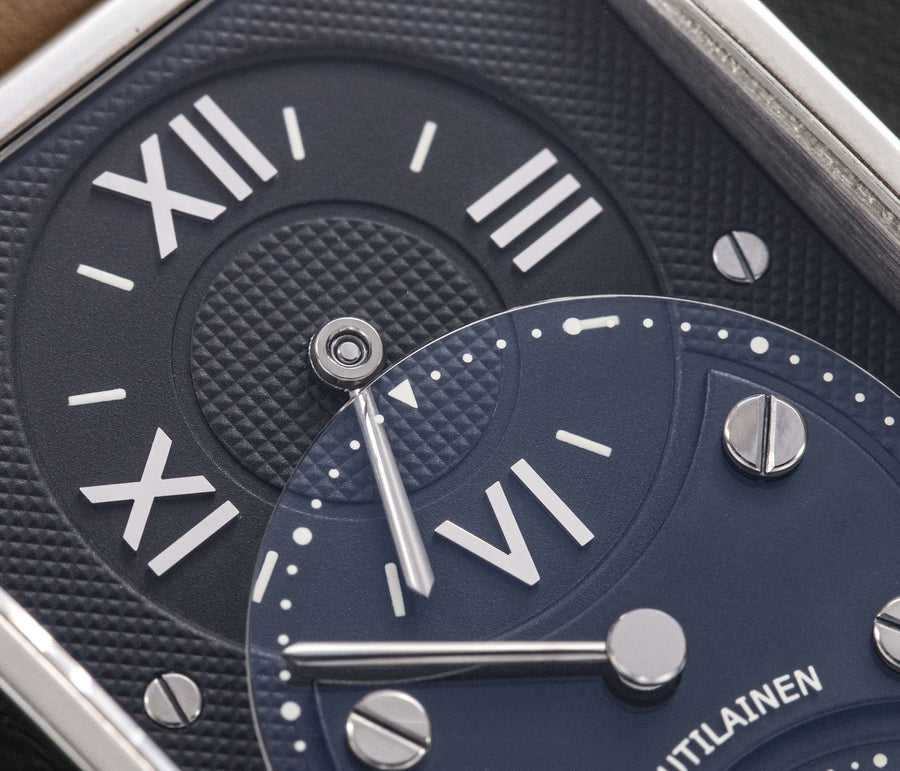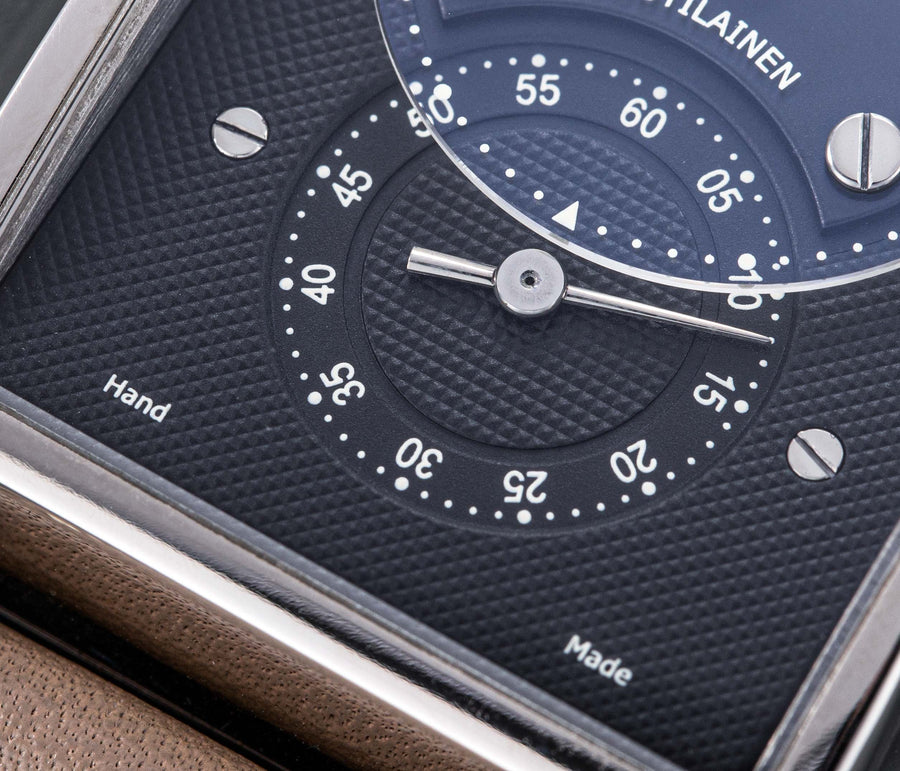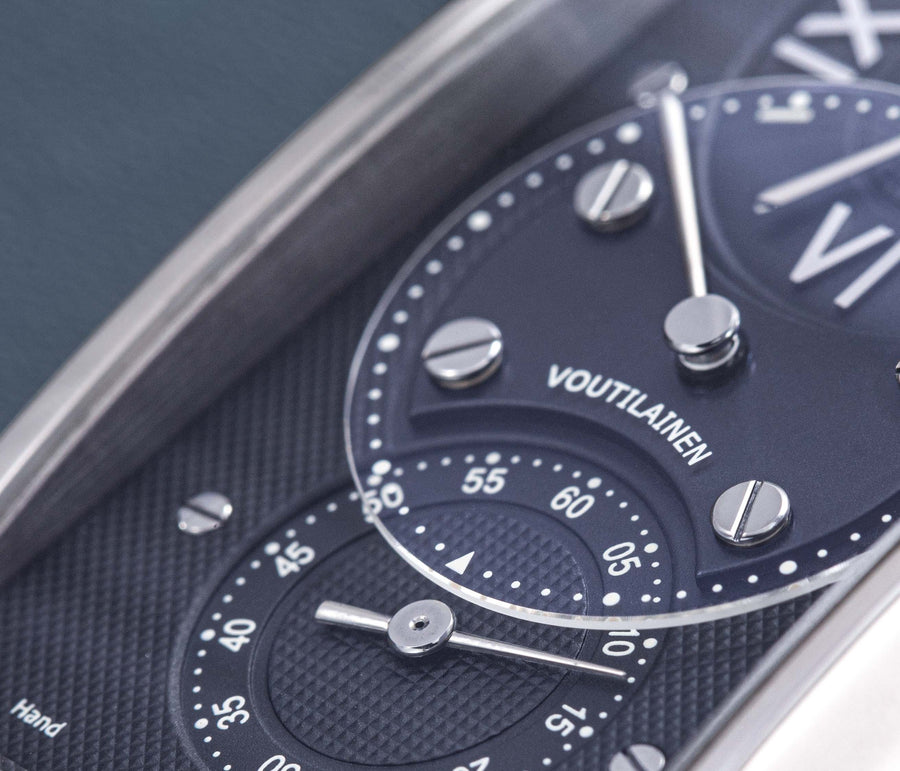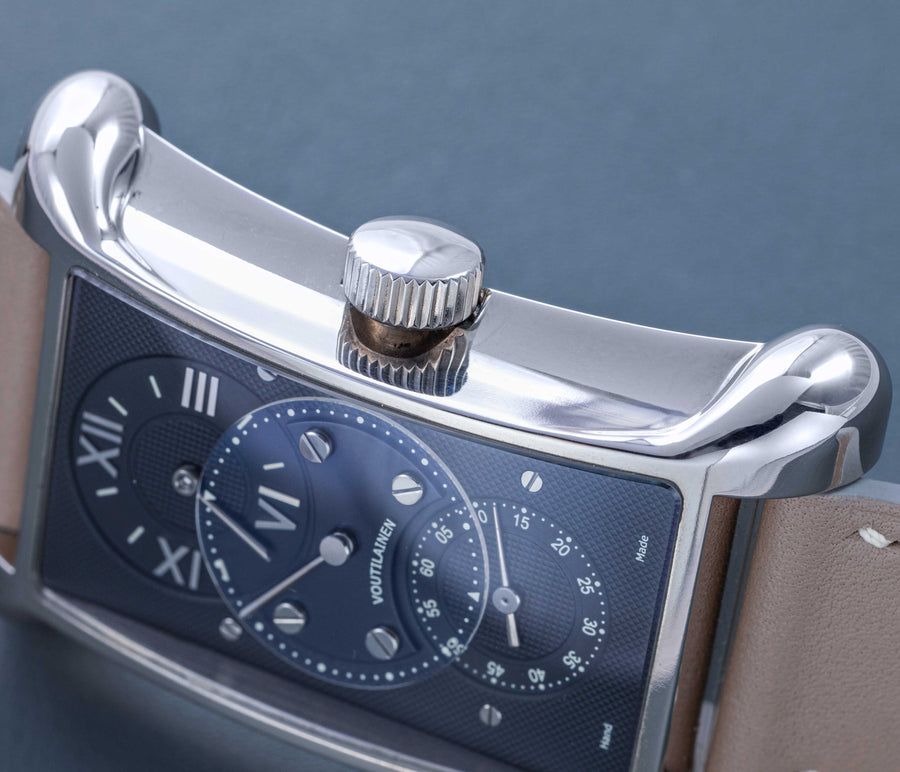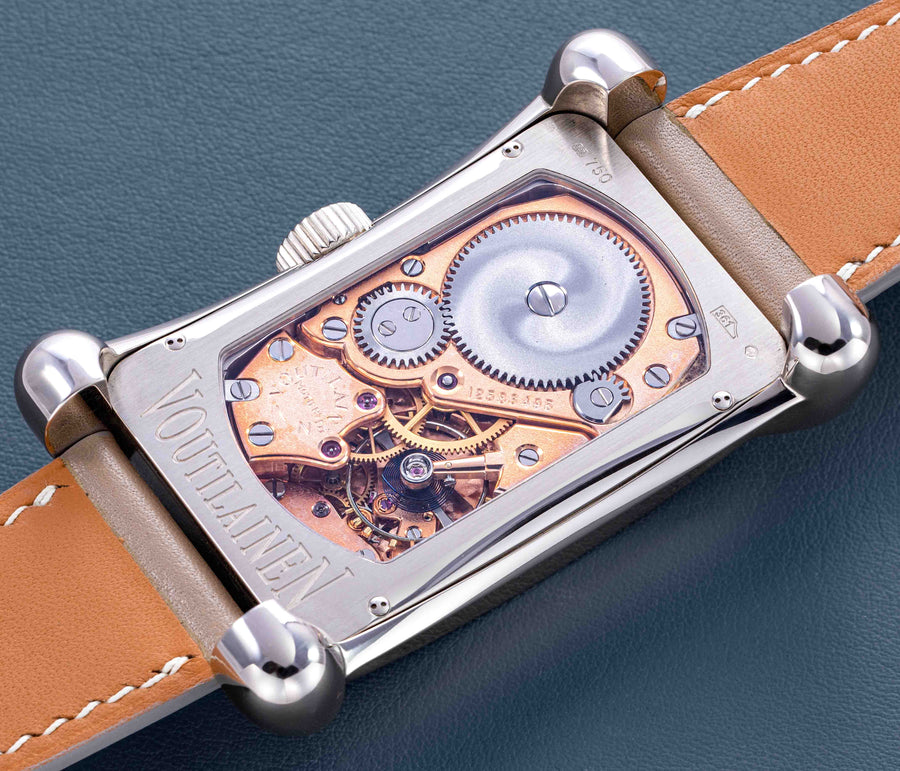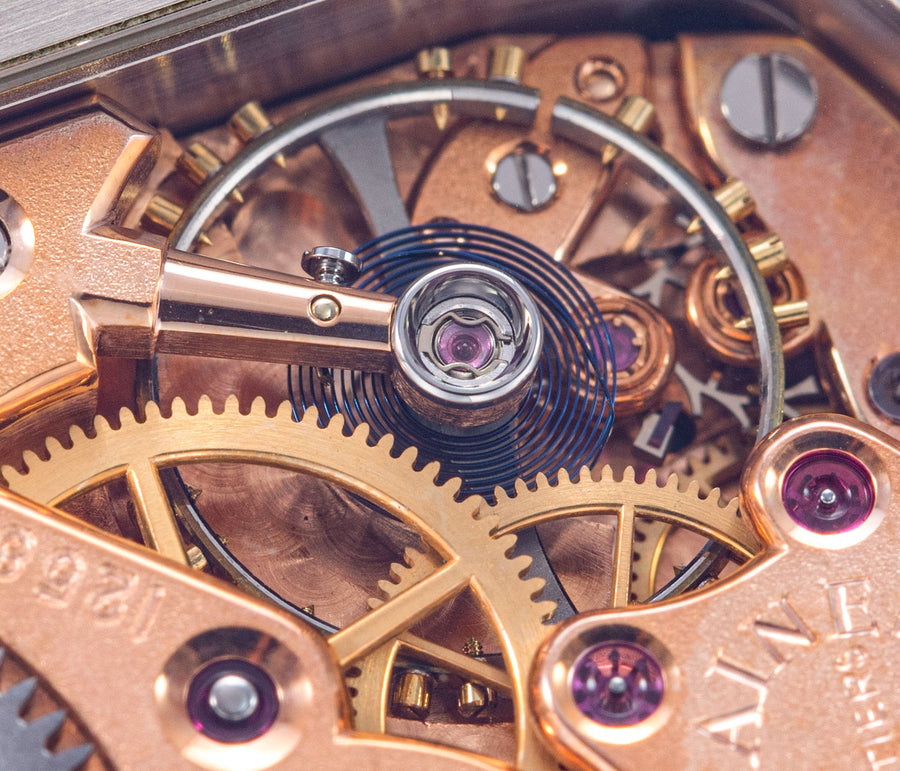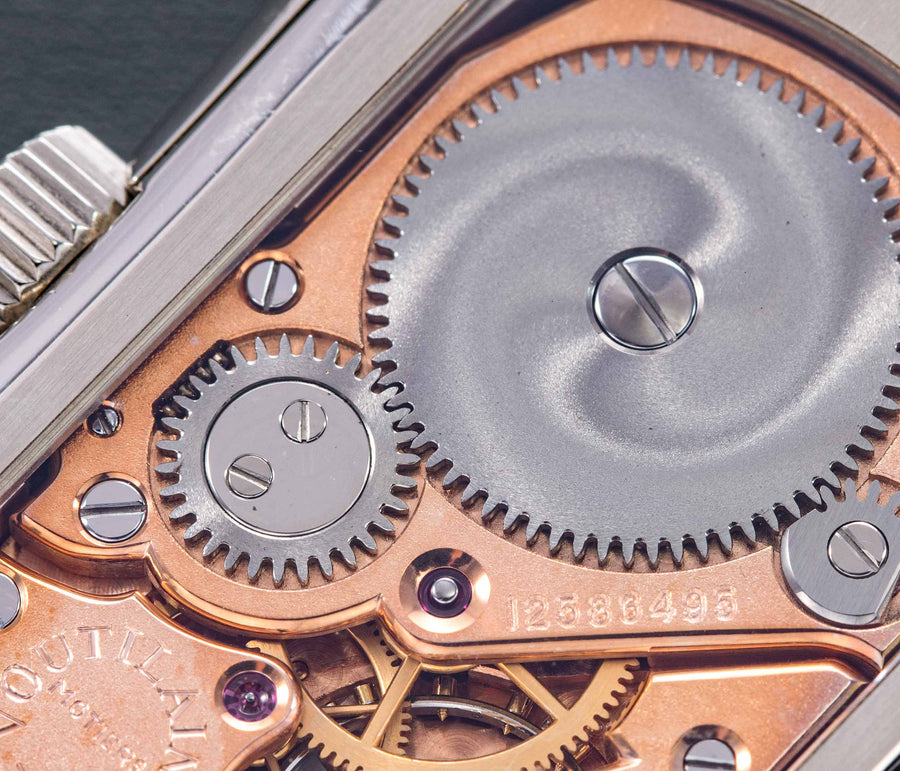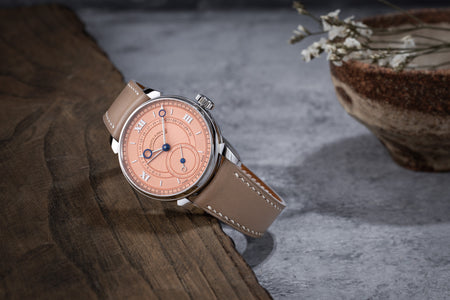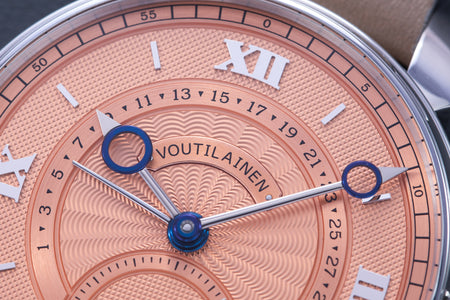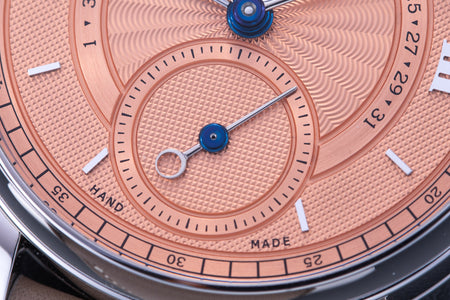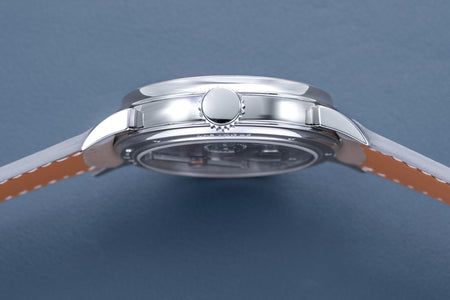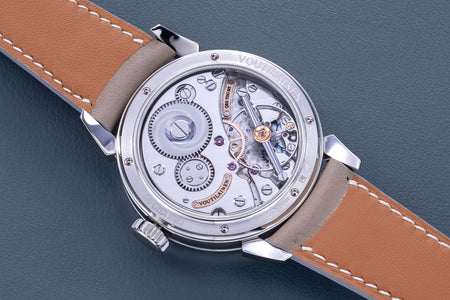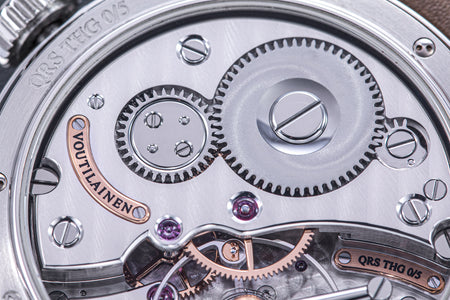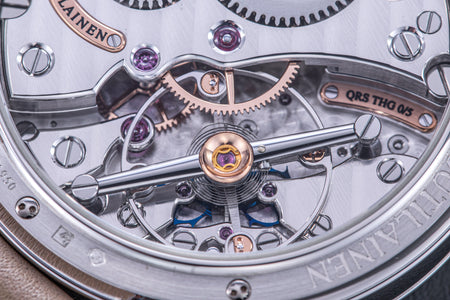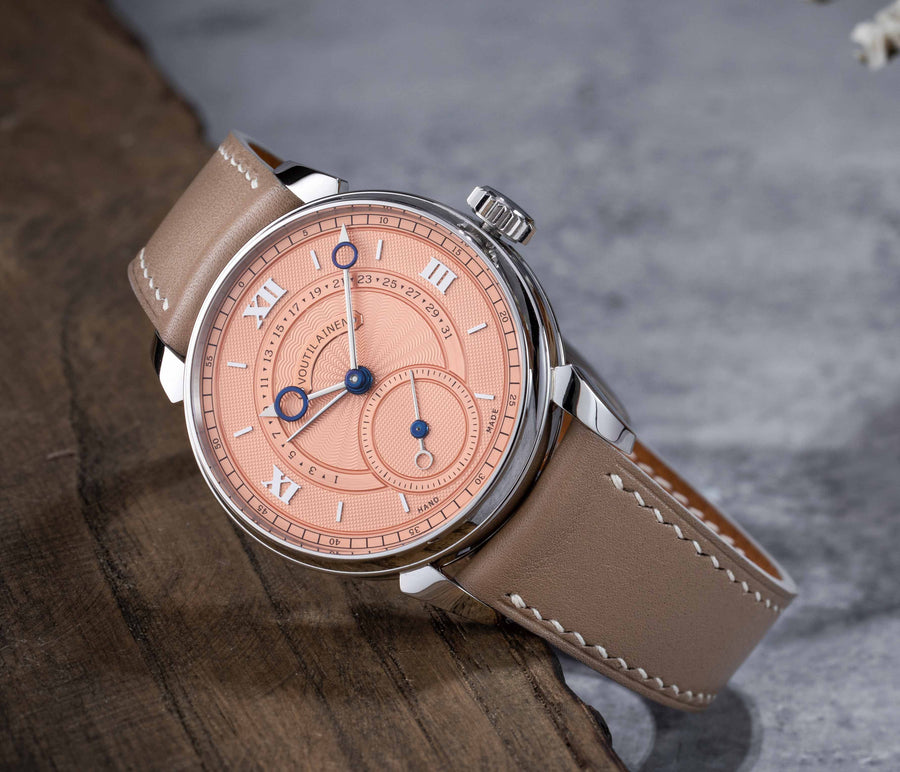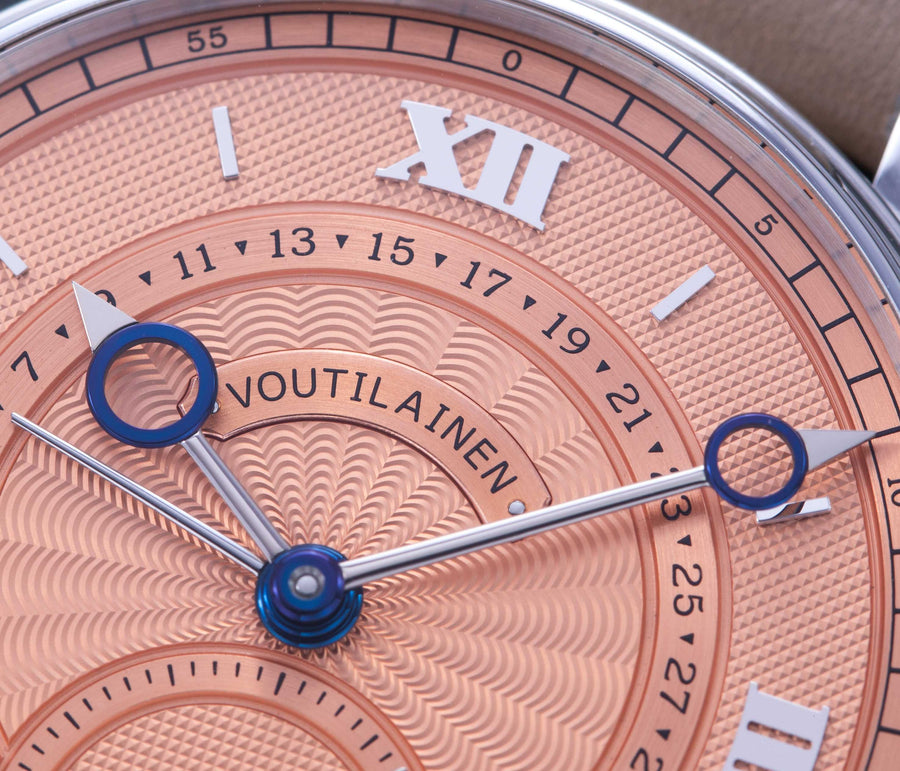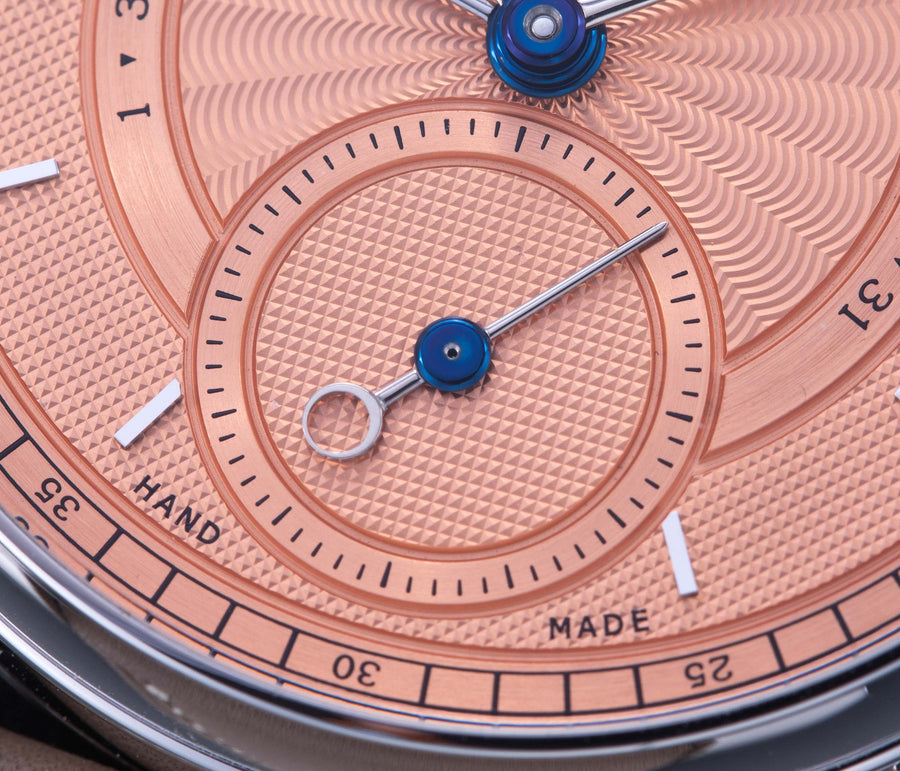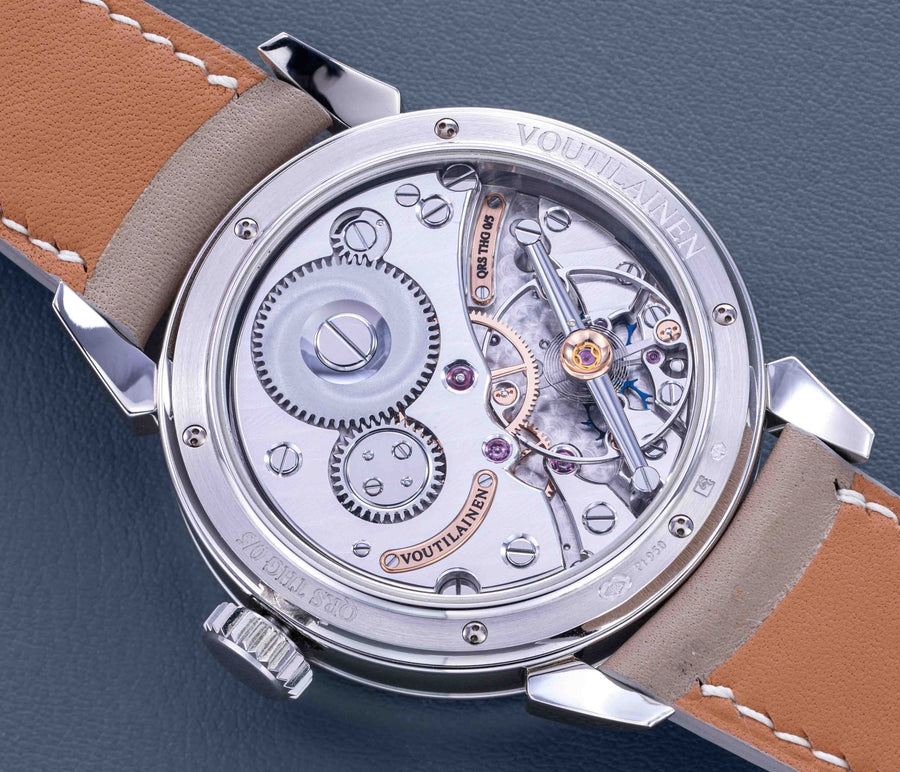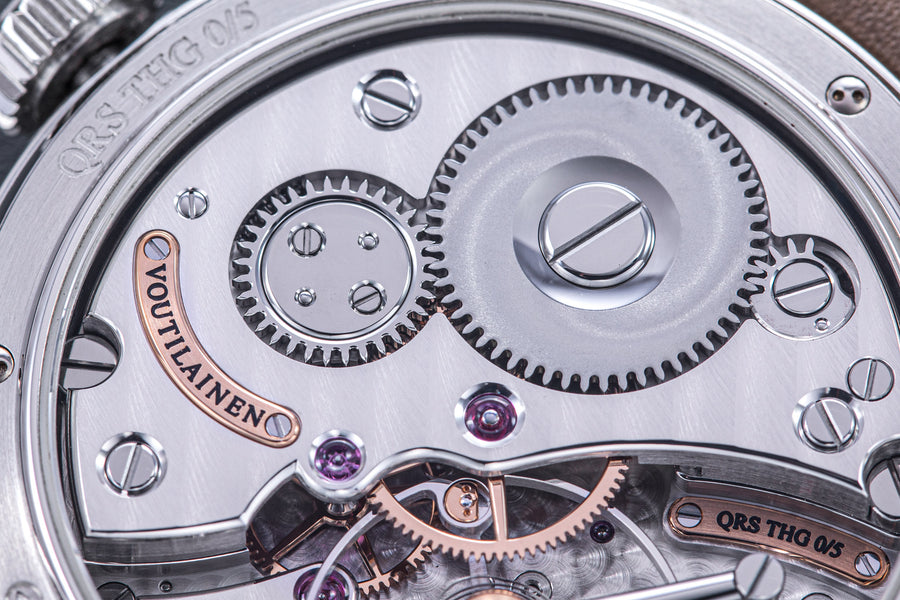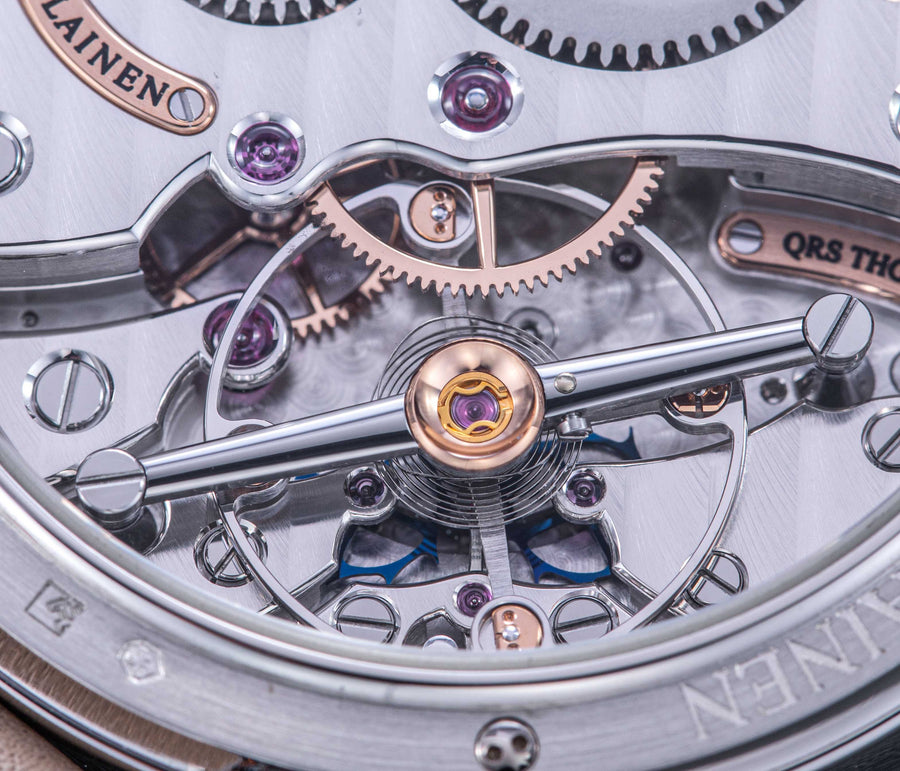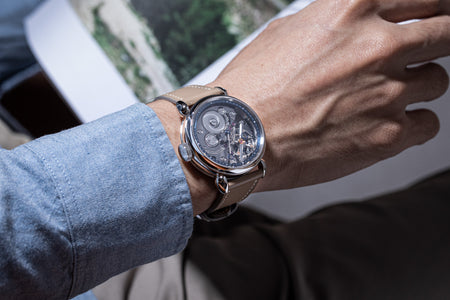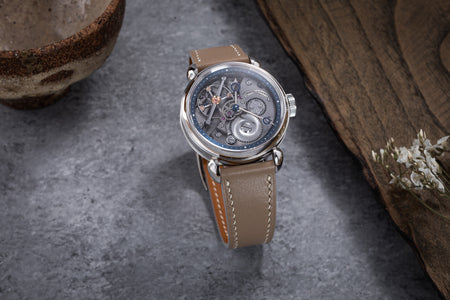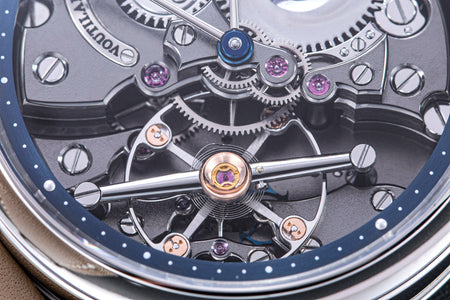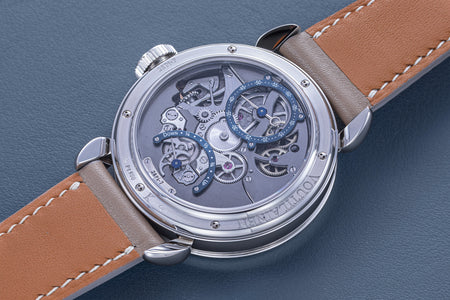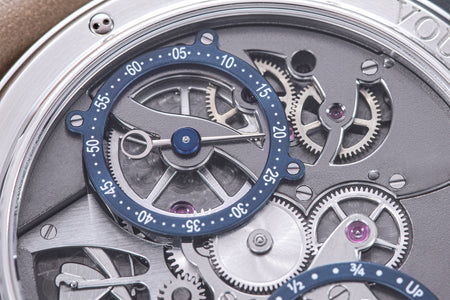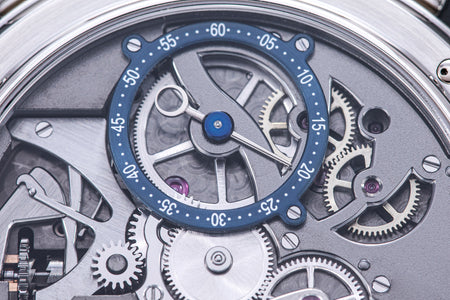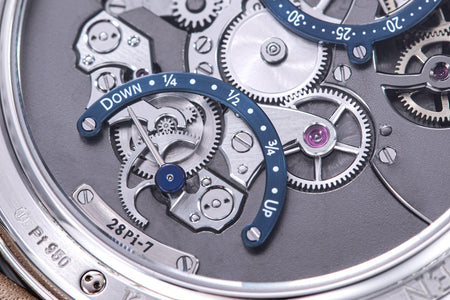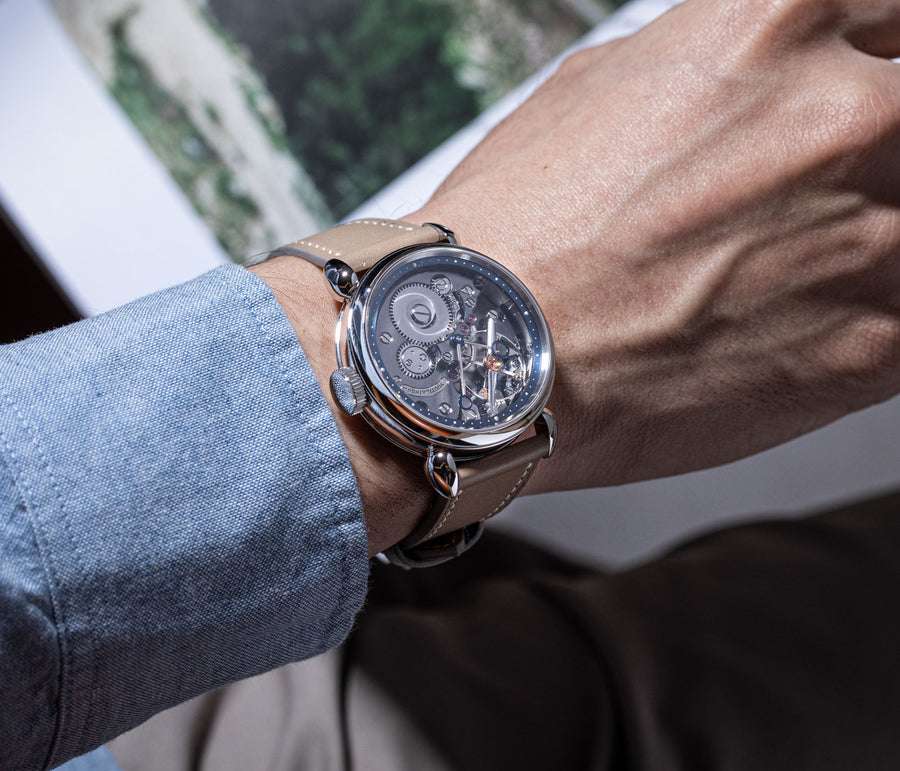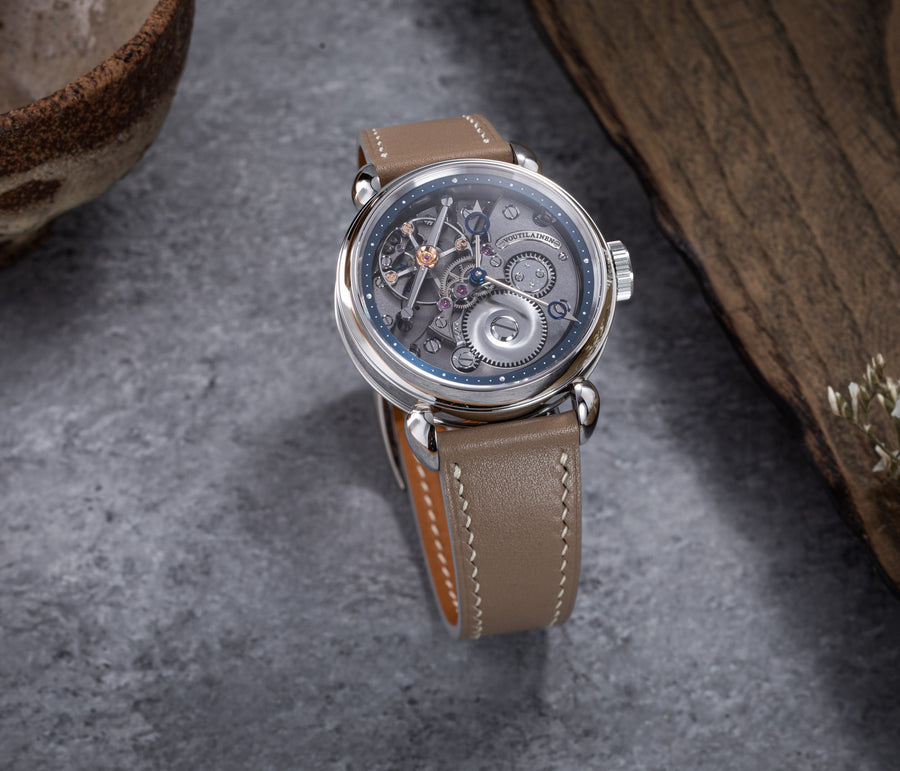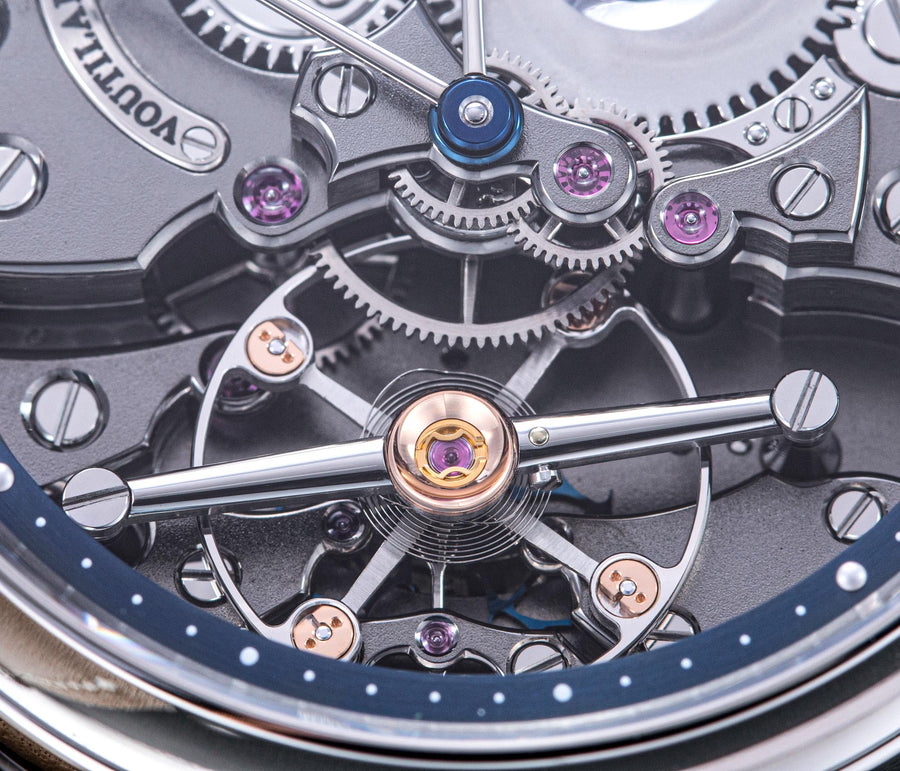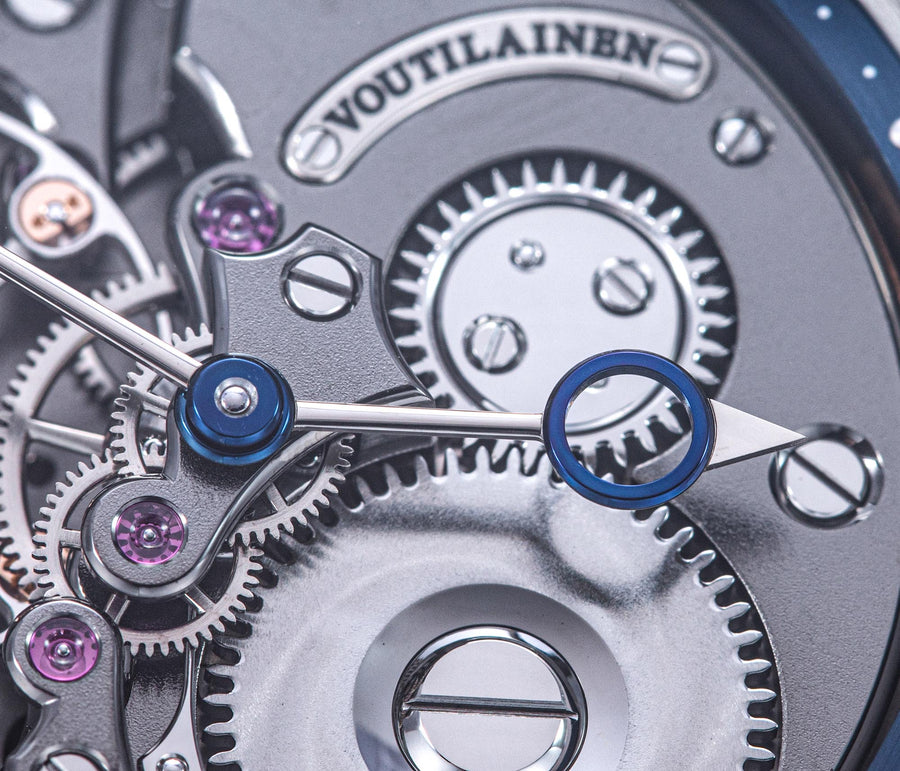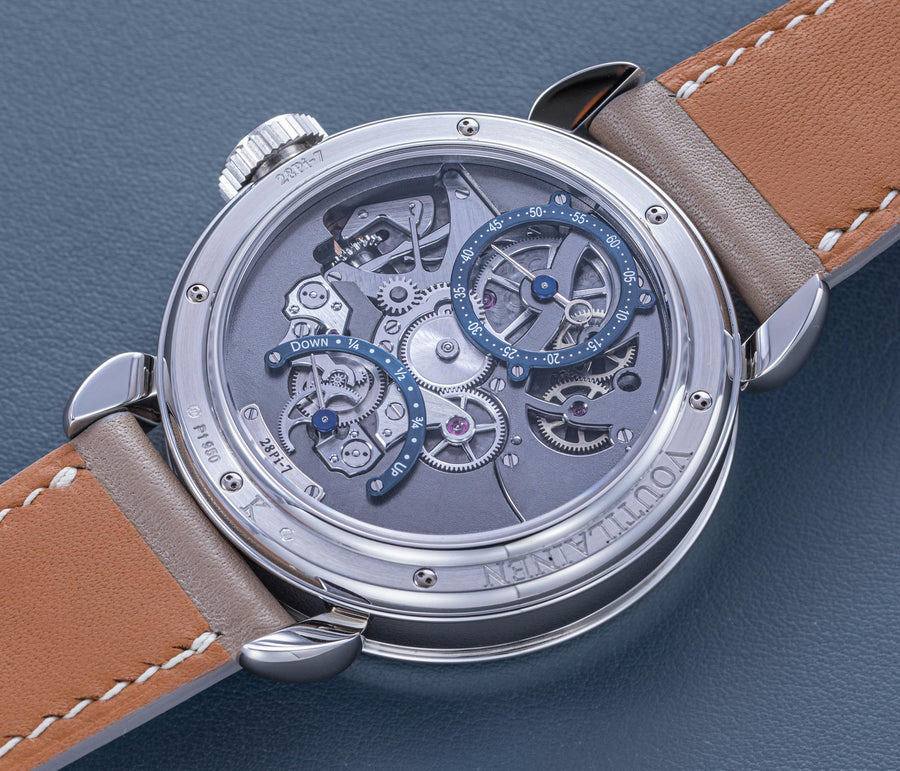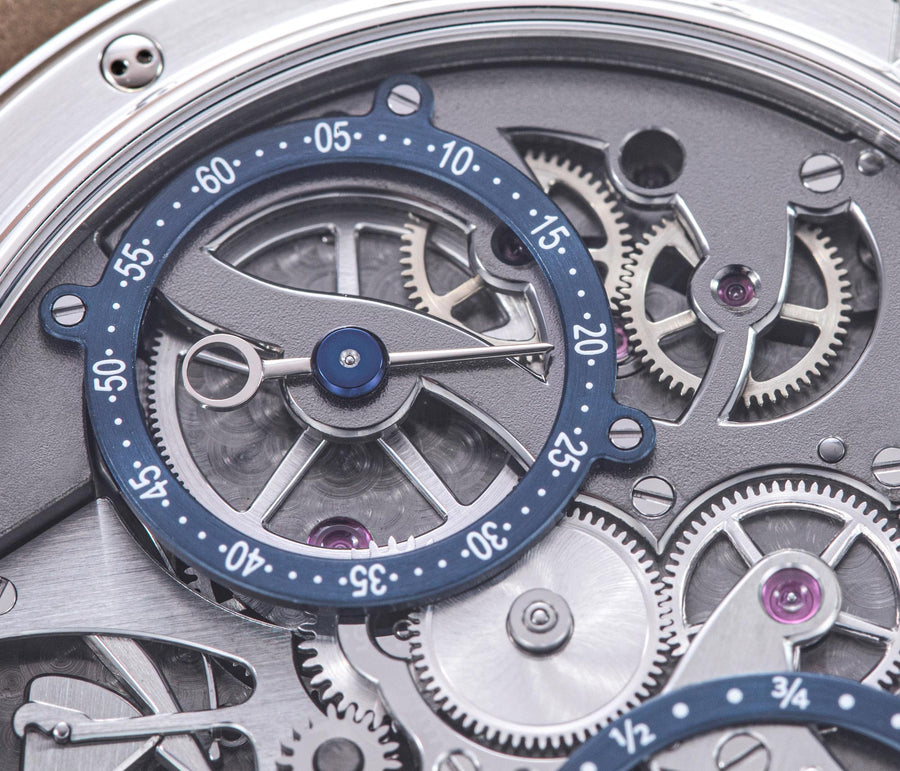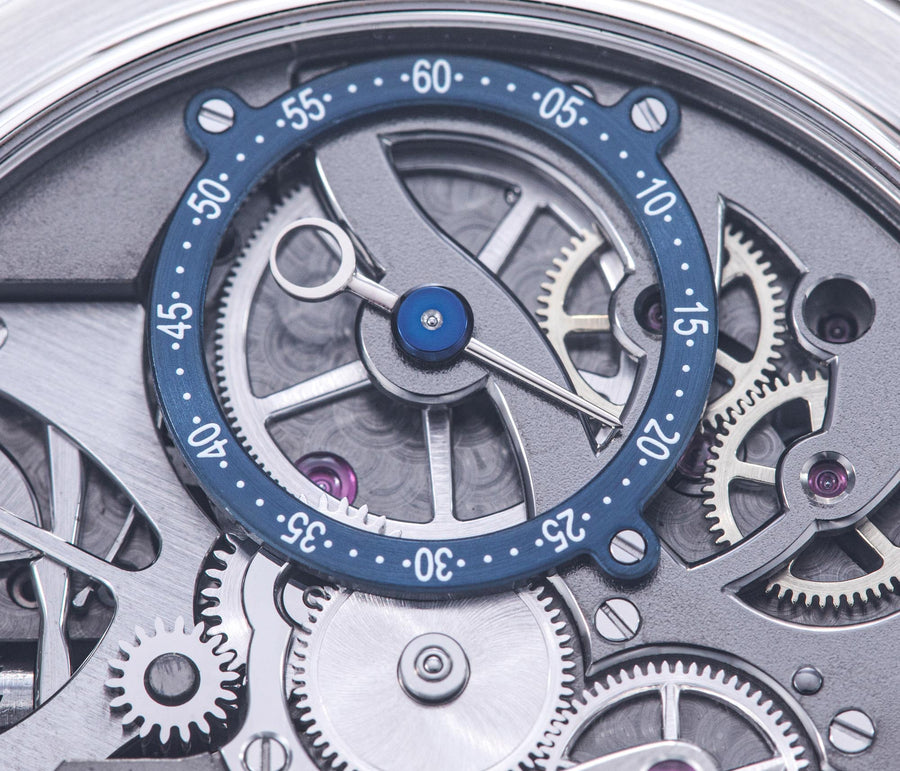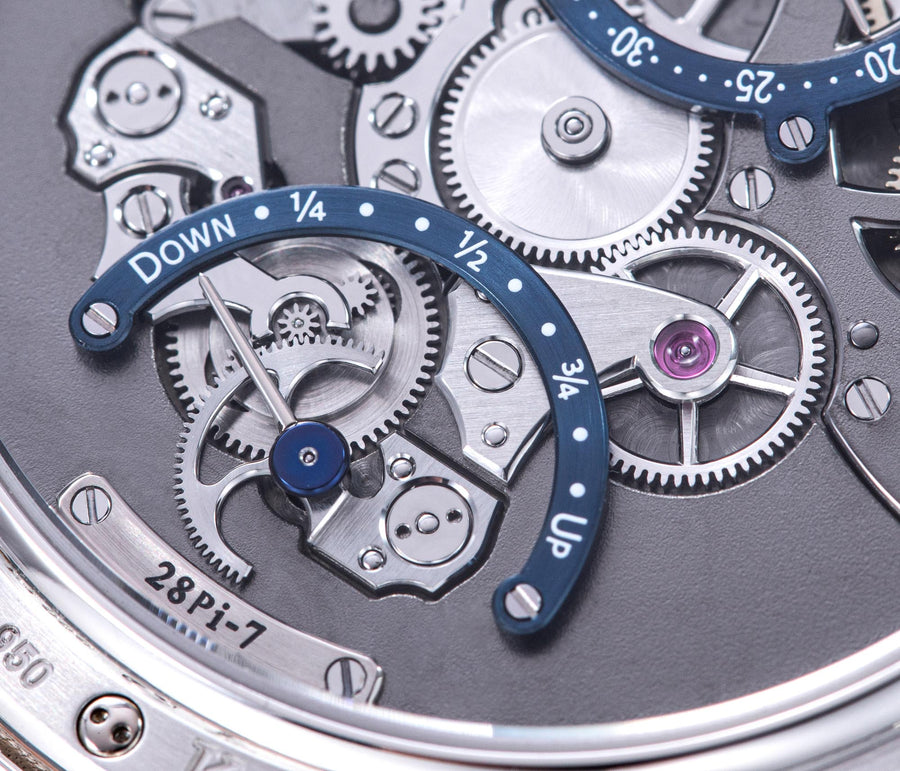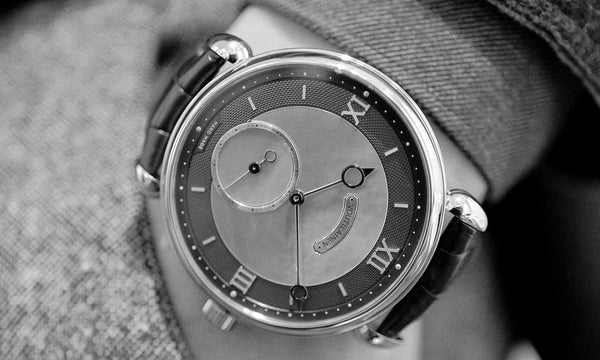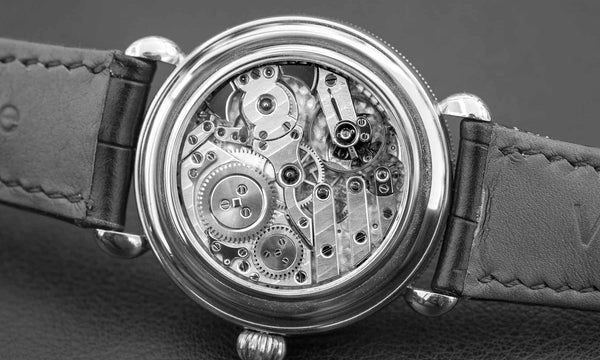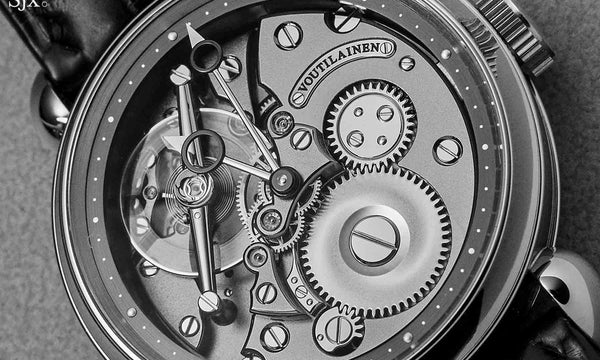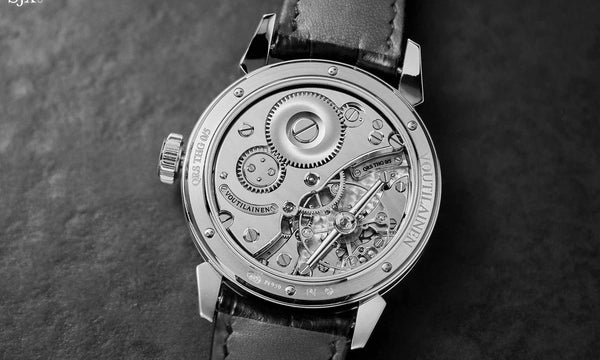"I realised very early on, we are making only a small handful of watches, so there’s no reason to keep secrets. I can’t make collectors buy my watches; they come to me because they like them."
1995
Kari Voutilainen
Pocket Watch
In 1995 while Voutilainen was still at Parmigiani, he completed his first watch under his own name, a tourbillon no less. Though simple in style, it has a refined finish and elegant details that would eventually be translated into his own wristwatches, including the polished, rounded steel cock for the tourbillon carriage.
A background in the restoration of antique watches and clocks was once common in artisanal watchmaking circles with Kari Voutilainen taking a similar route in his rise to prominence.
Having moved to Switzerland from his native Finland in 1988, he joined Michel Parmigiani as his 17th employee after completing the WOSTEP course on complications.
2002
Kari Voutilainen
Decimal Repeater
With a strong emphasis on the use of his in-house calibres today, Voutilainen initially began development of his wristwatches with heavily improved and highly finished vintage movements. This remains so for his minute repeating timepieces, including this Decimal Repeater. Starting with movement blanks, typically made by LeCoultre or Louis Elisée Piguet in the late 19th or early 20th century, Voutilainen refined the mechanics, often adding his own components and modifications, most notably the decimal strike mechanism to replace the conventional quarter strike.
Revered as the greatest restoration workshop in Switzerland in the 1980s and 1990s, Parmigiani was founded by Michel Parmigiani, one of the leading talents of his era. Famous for restoring treasures from both the Patek Philippe Musuem and Maurice Sandoz collection – Switzerland’s greatest collections of antiquarian watches, clocks and automaton – Parmigiani gave Voutilainen a first-hand look at some of history’s greatest timekeepers.
2020
Kari Voutilainen
Decimal Repeater for The Hour Glass
This example of Kari's important and infamous decimal repeater is executed with a unique open work dial in Champagne.
After a decade at Parmigiani, Voutilainen’s itch to build his own brand manifested in 1999. He left and became a teacher at WOSTEP whilst developing concurrently developing his first wristwatch. Appropriately, he launched under his own name - the iconoclastic Observatoire which was powered by a highly decorated and finished vintage Peseux ebauche.
2011
Kari Voutilainen
Chronograph
Made in small numbers starting around 2006, the Masterpiece Chronograph is equipped with a traditionally constructed movement inspired by chronograph calibres of yesteryear. The old-school style of the movement contrasts with its unusual, asymmetric dial. All examples of the chronograph were unique in terms of dial design, and the subsequent second series also incorporated additional functions like a date and moon phase.
2008
Kari Voutilainen
Chronometer 27
Unlike many of Voutilainen’s earlier watches, the Chronometre 27 stands apart from all that came before. An oversized wristwatch with a form case, the Chronometre 27 has an unusual shape as a result of the Longines cal. 360 within. Conceived in 1959 specifically to compete in observatory chronometer contests, the cal. 360 was a highly-tuned movement running at the high frequency of 36,000 beats per hour. It was designed to maximise the size of the mainspring and balance wheel while adhering to the size requirements of the contests, resulting in its unconventional form. Made only in small numbers, the cal. 360 set new records in the category of wristwatch movements at the Neuchâtel Observatory, but it never made it to commercial production.
2019
Kari Voutilainen
217QRS Retrograde Date for The Hour Glass
While the 217QRS The Hour Glass edition shares a familial resemblance to Voutilainen’s other watches, it is a completely new watch. “The case shape is property of The Hour Glass and case size is different; the lugs and dial design are different,” says Kari Voutilainen.
The design of the bright salmon dial is also new, albeit in a subtle manner. The Roman numerals for the quarters are modelled on those found on Voutilainen’s Observatoire have a typography distinct from that found on the brand’s existing watches.
2019
Kari Voutilainen
Vingt-8 Inverse
Both powered by variants of the cal. 28, these are examples of Voutilainen’s current oeuvre. They still carry the recognisable style found in his earliest work, but with various tweaks that make them distinct, as seen in the typography for the numerals for instance. But more importantly, they exemplify the vertical integration of his production, while still preserving its high quality. Not only are the movements proprietary calibres produced in house, the dials and cases are also produced by companies owned by Voutilainen, who also has made a name for himself as a highly-regarded supplier of components to other independent artisans and manufacturers.
Learn More
Discover More
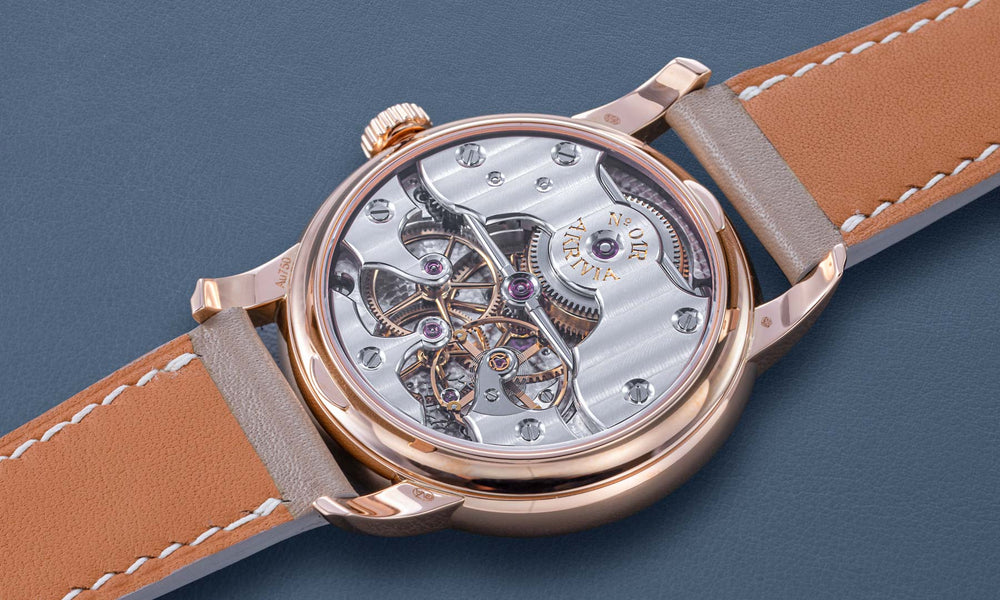
The leader of the next gen
Rexhep Rexhepi
Enter Room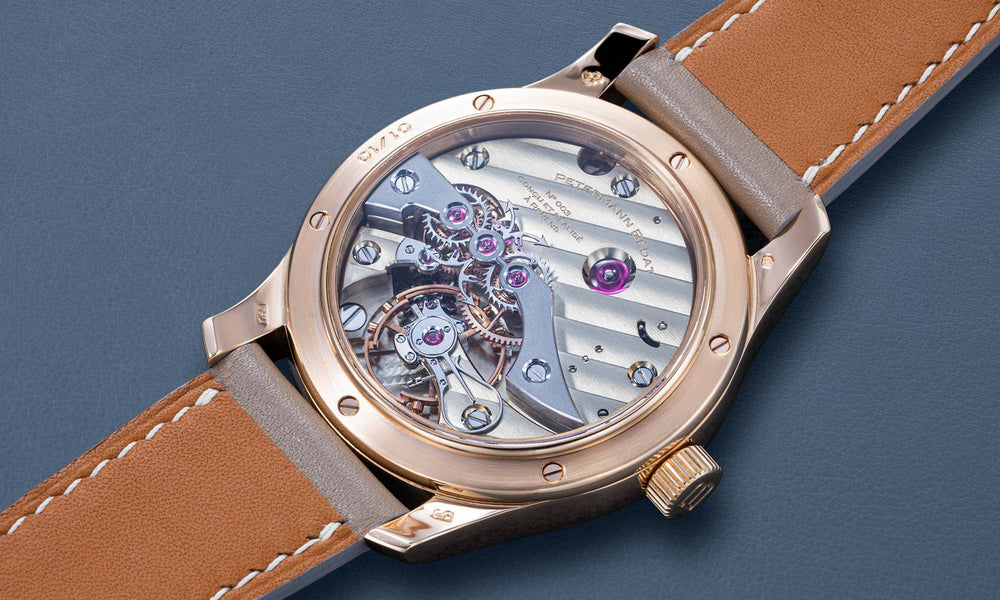
the duo chasing perfection
Petermann & Bédat
Enter Room